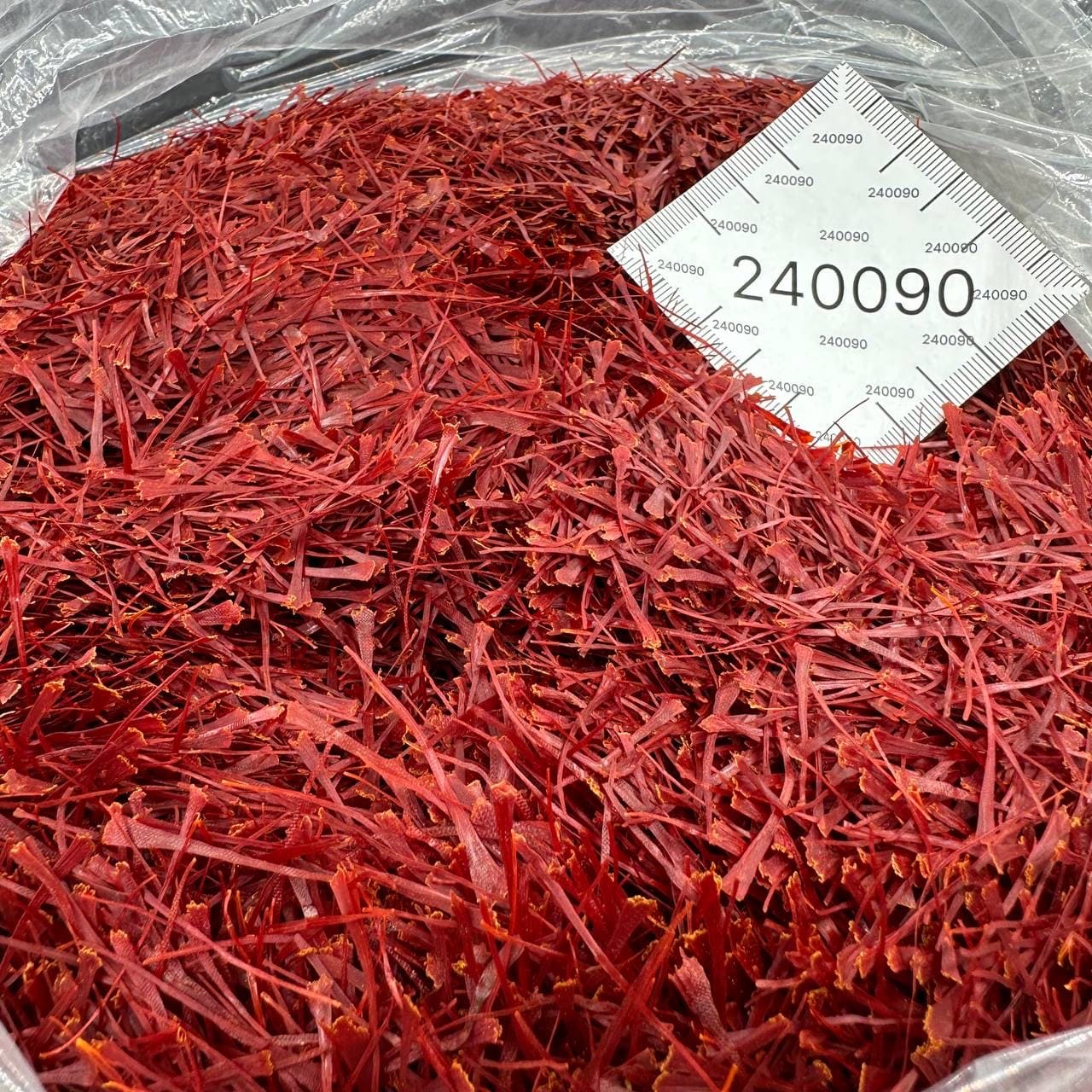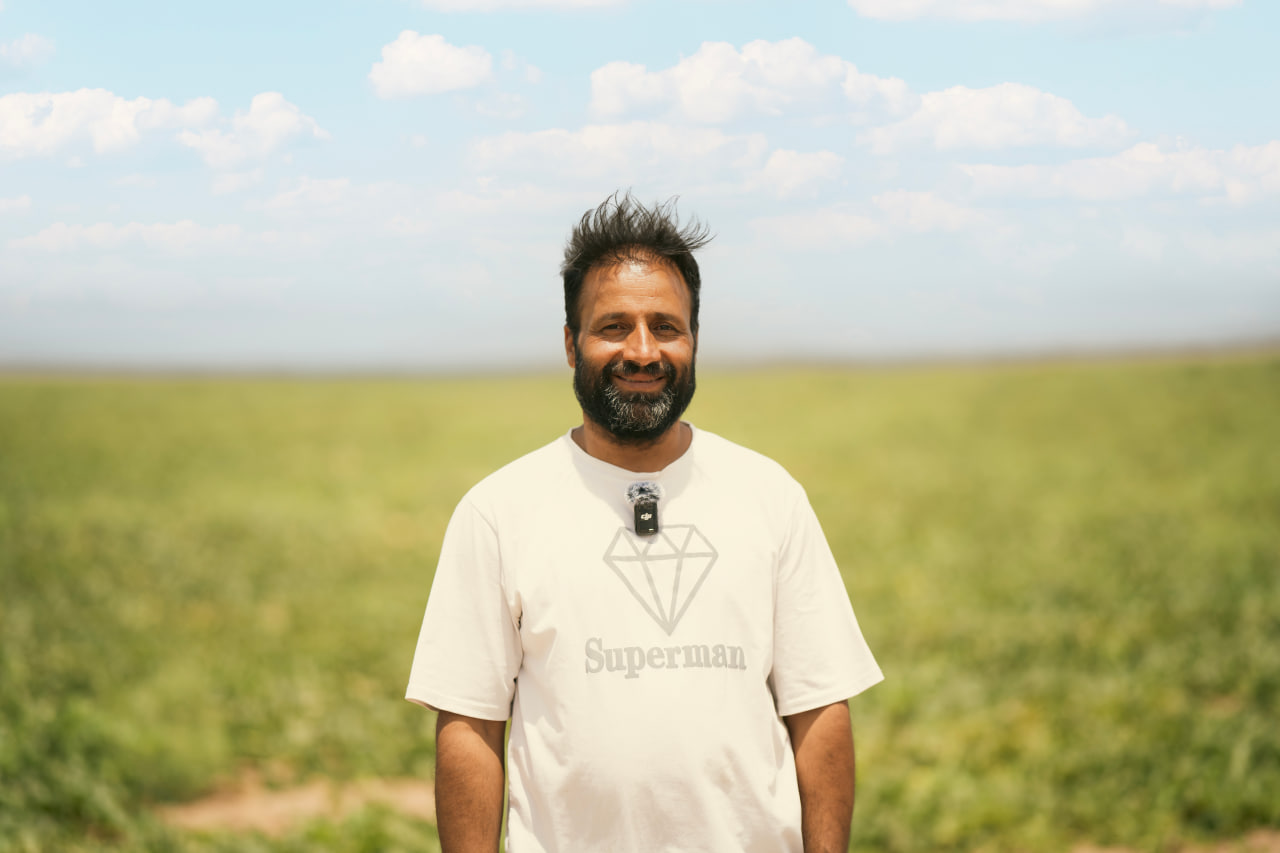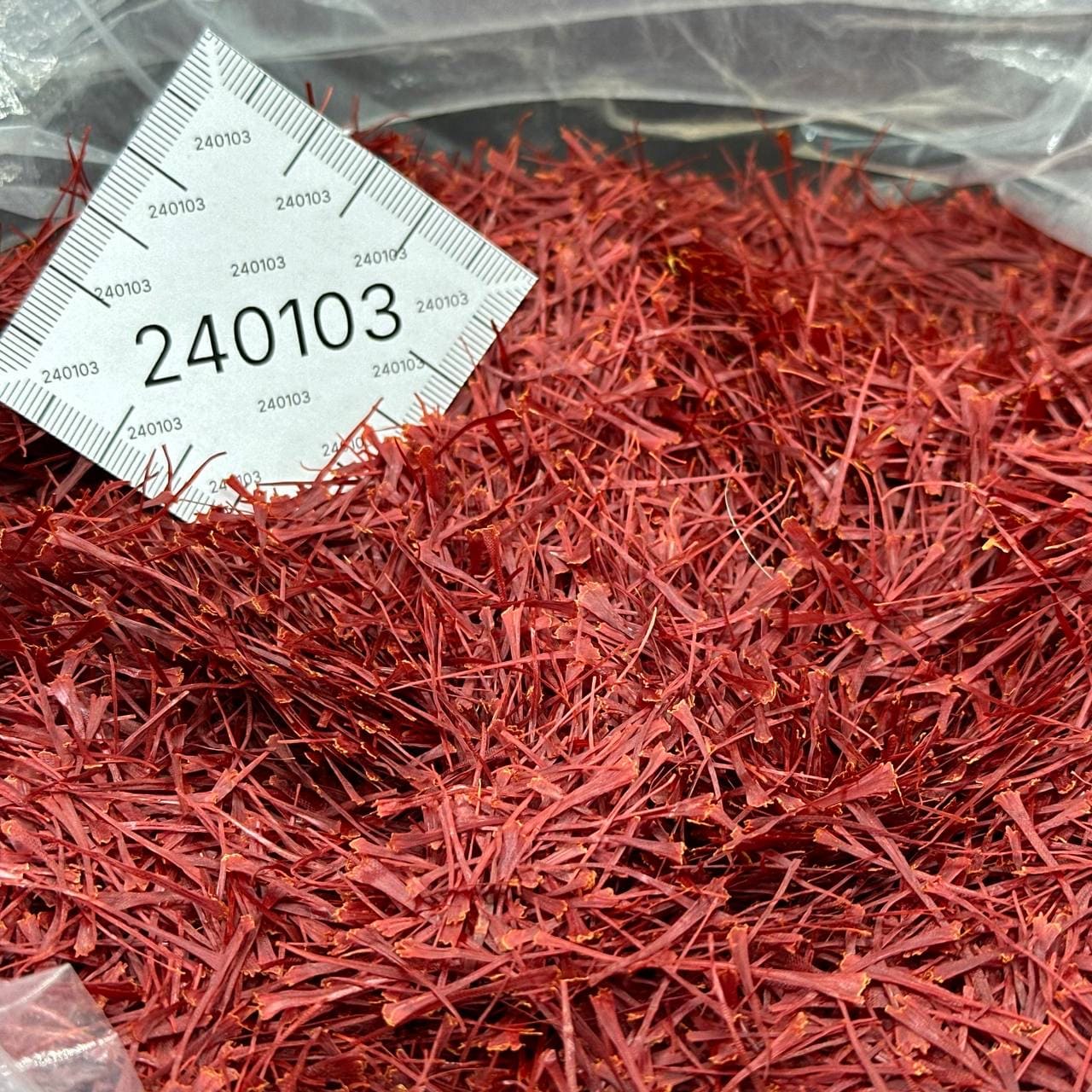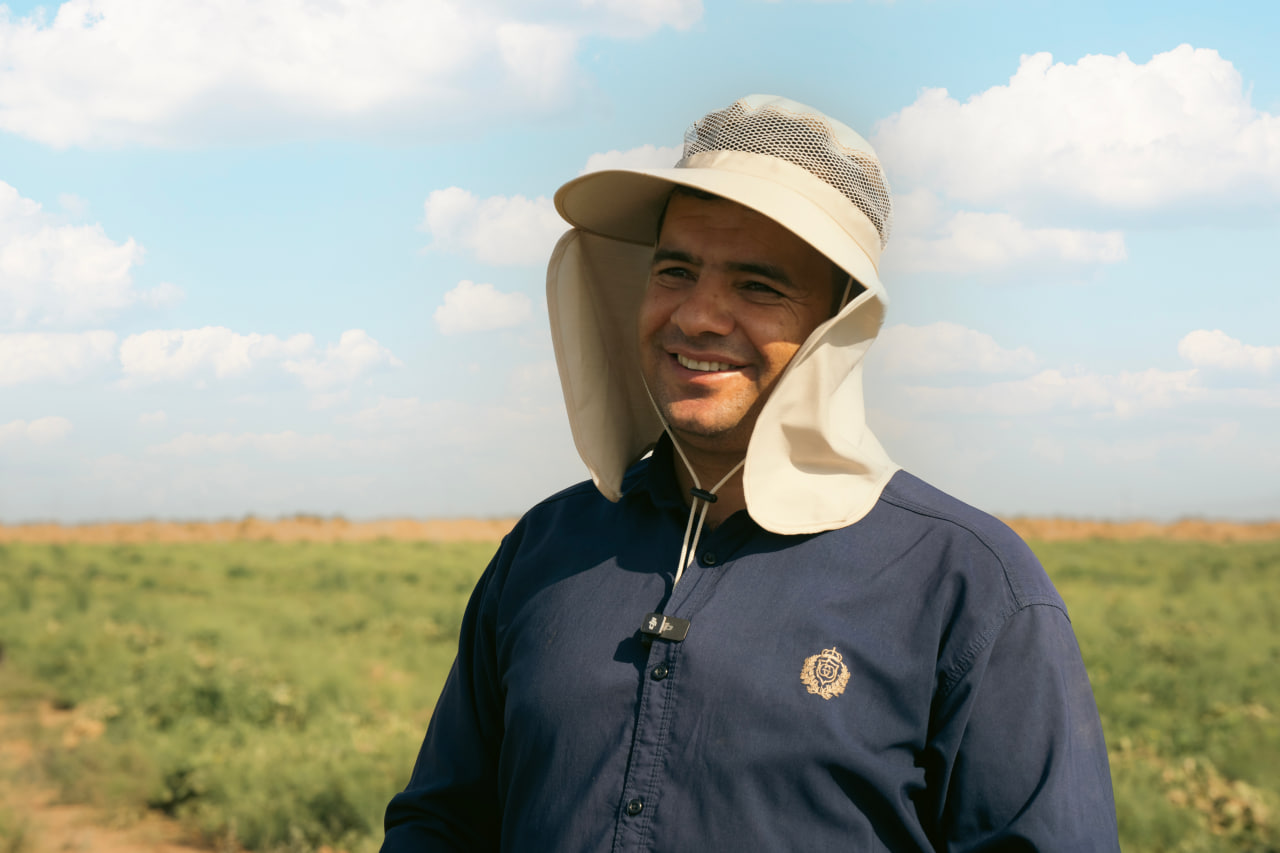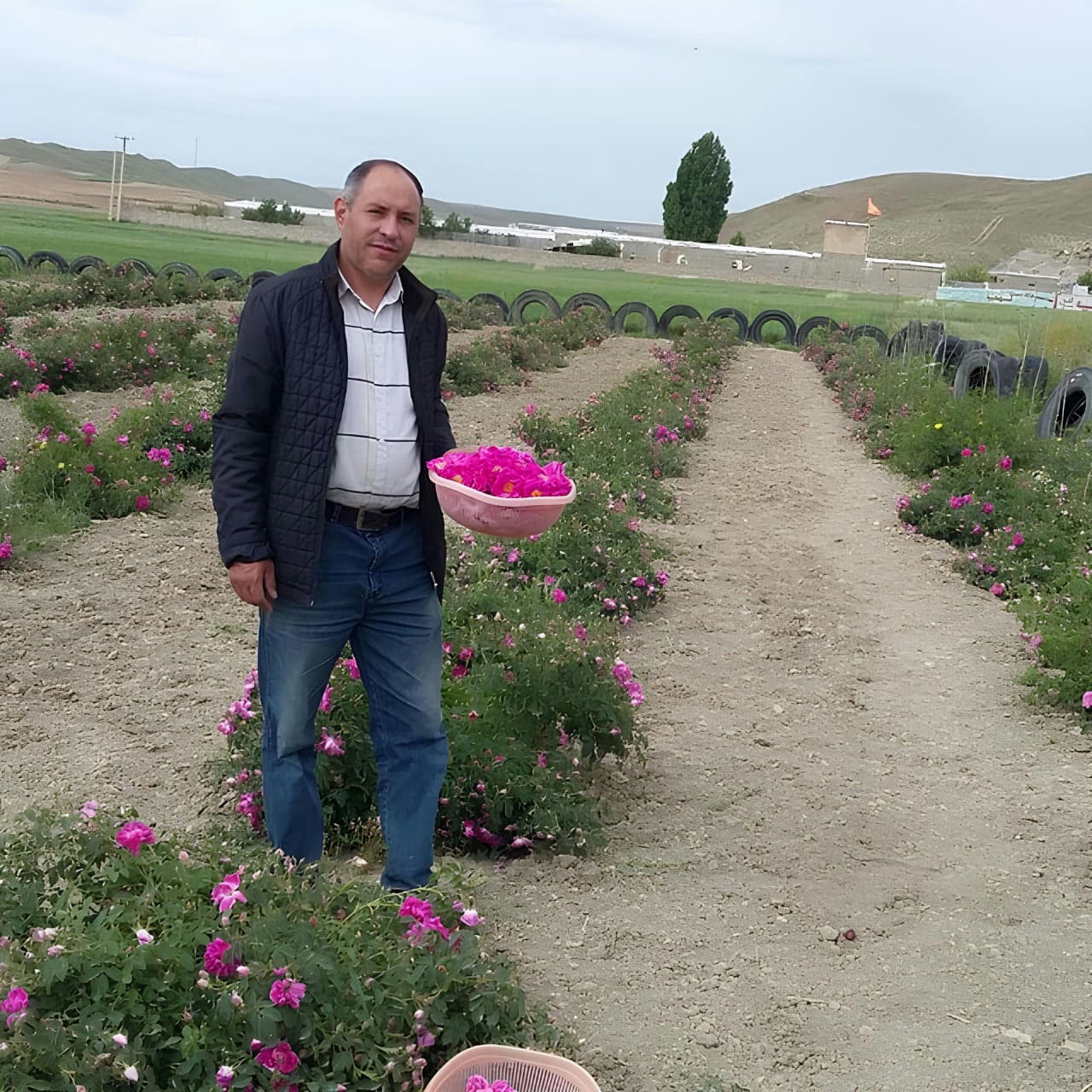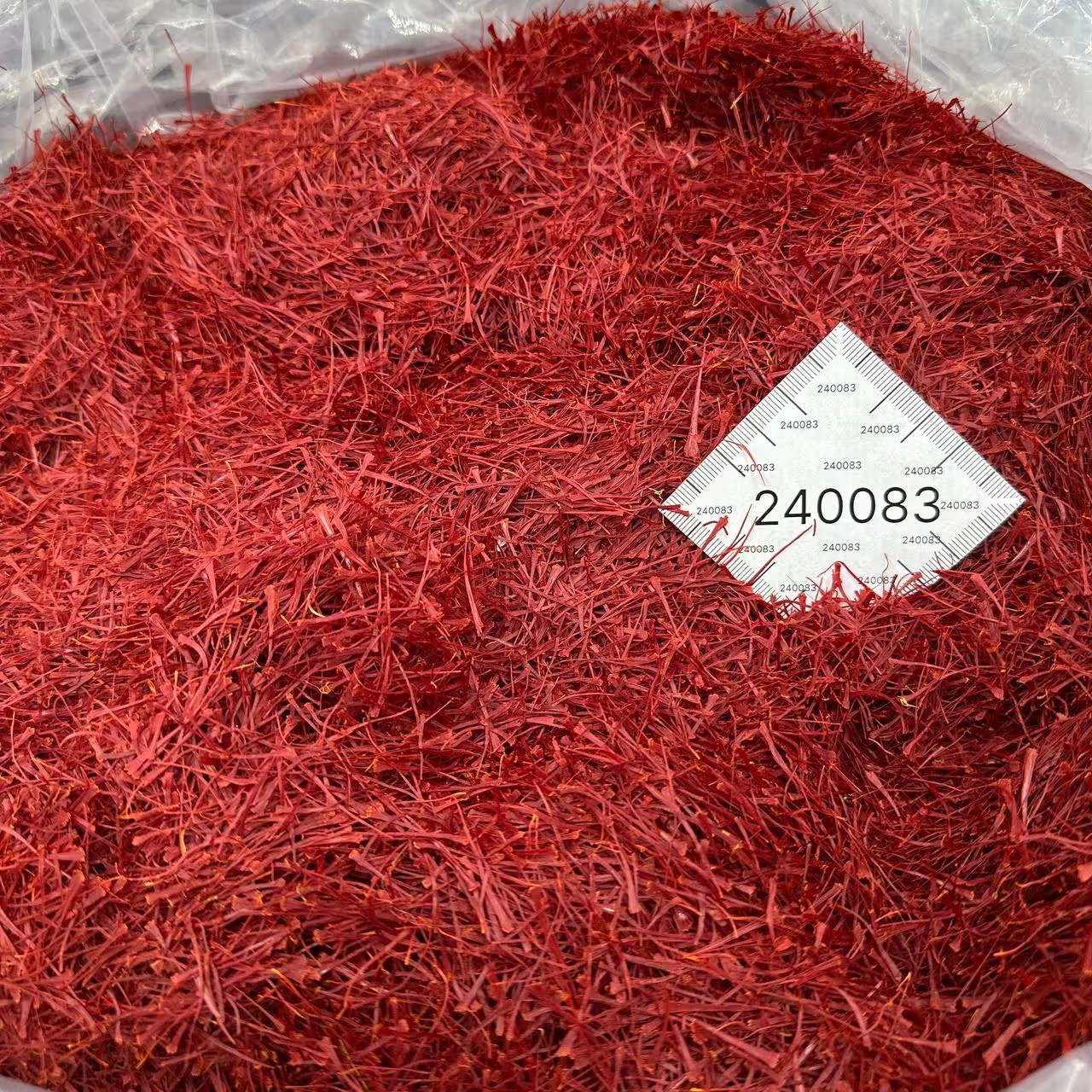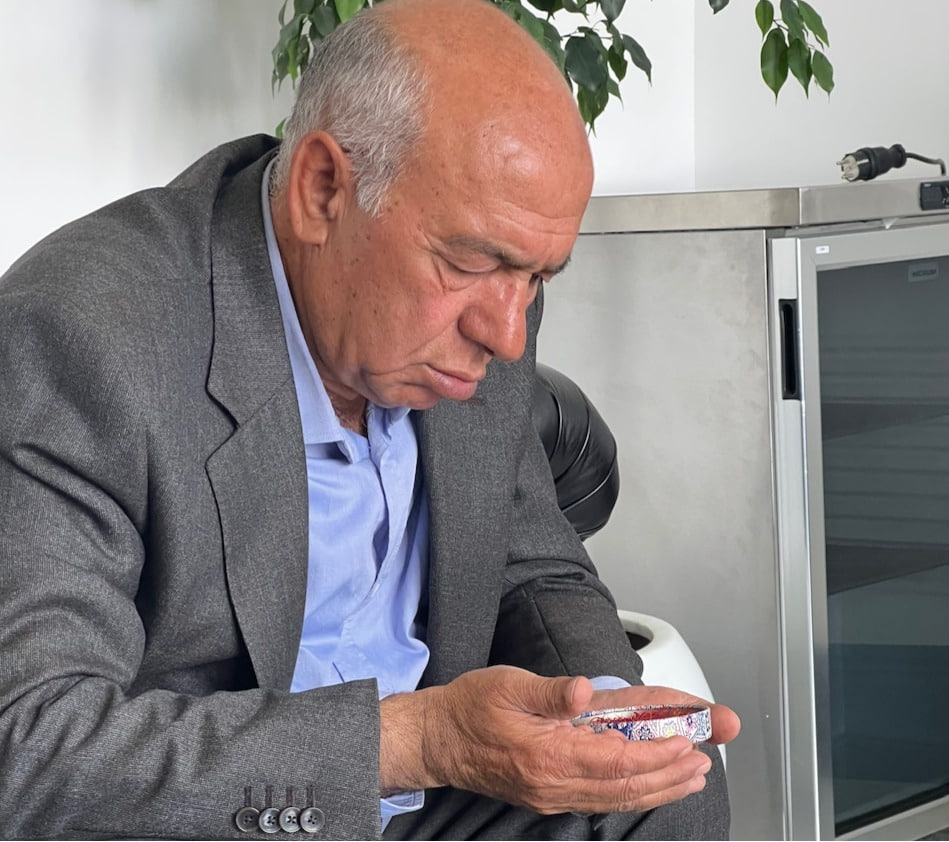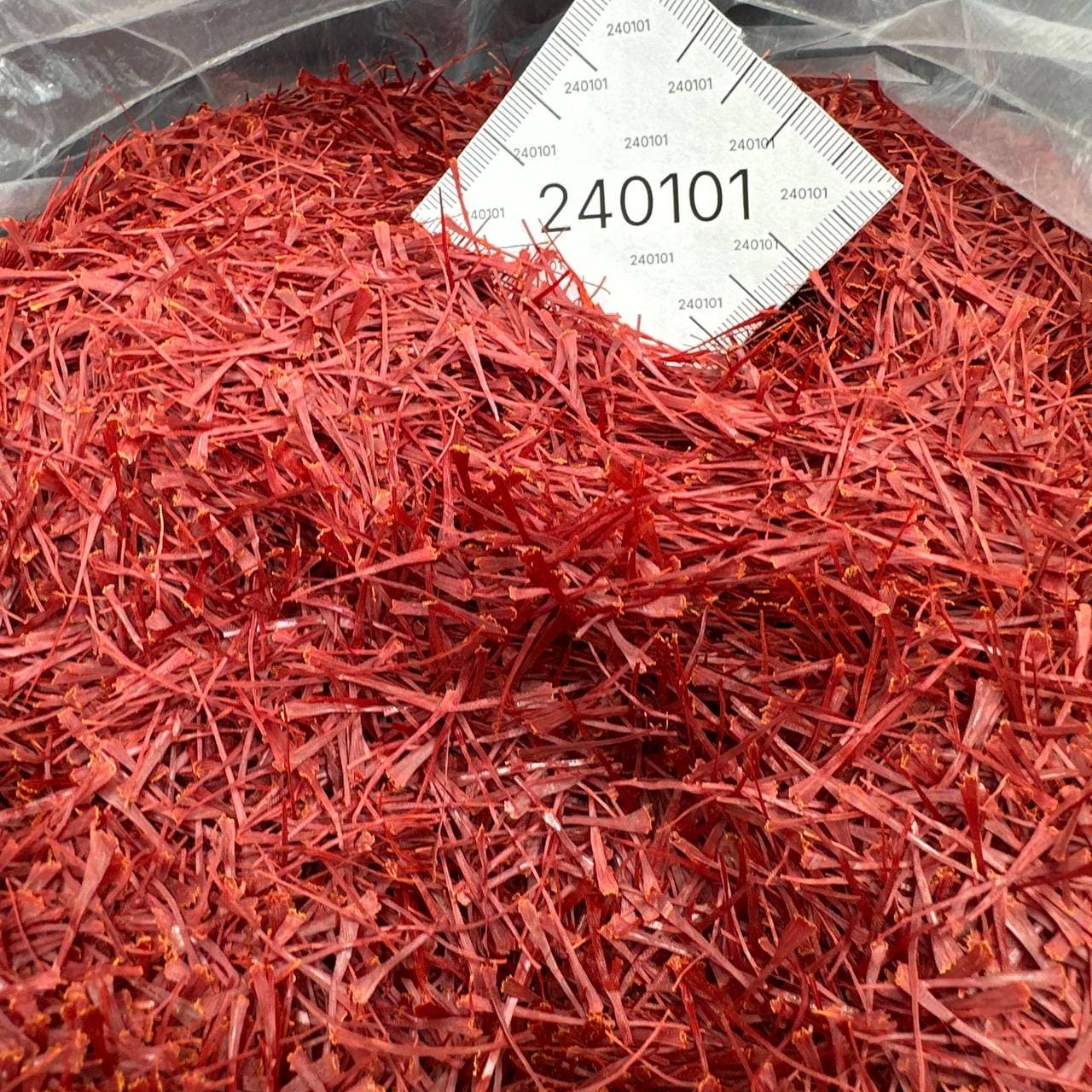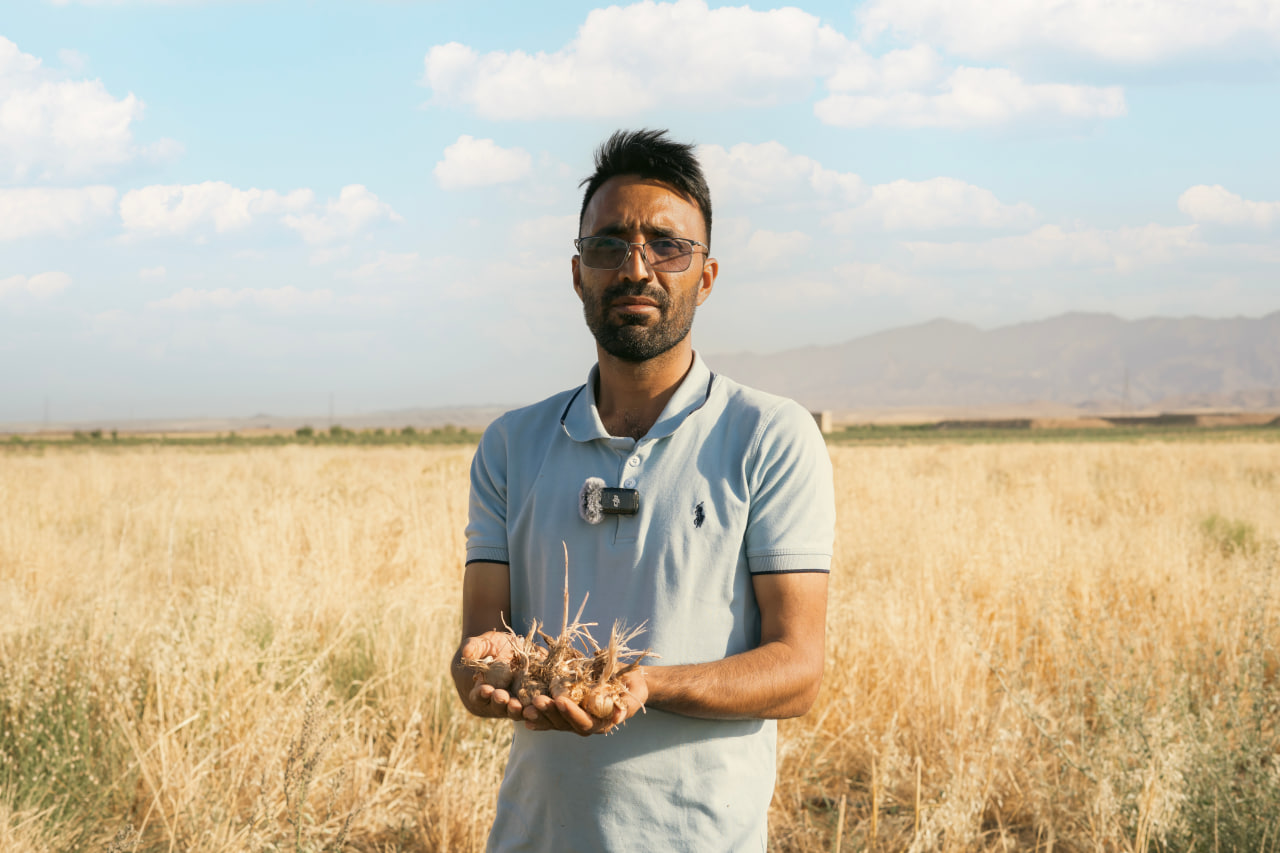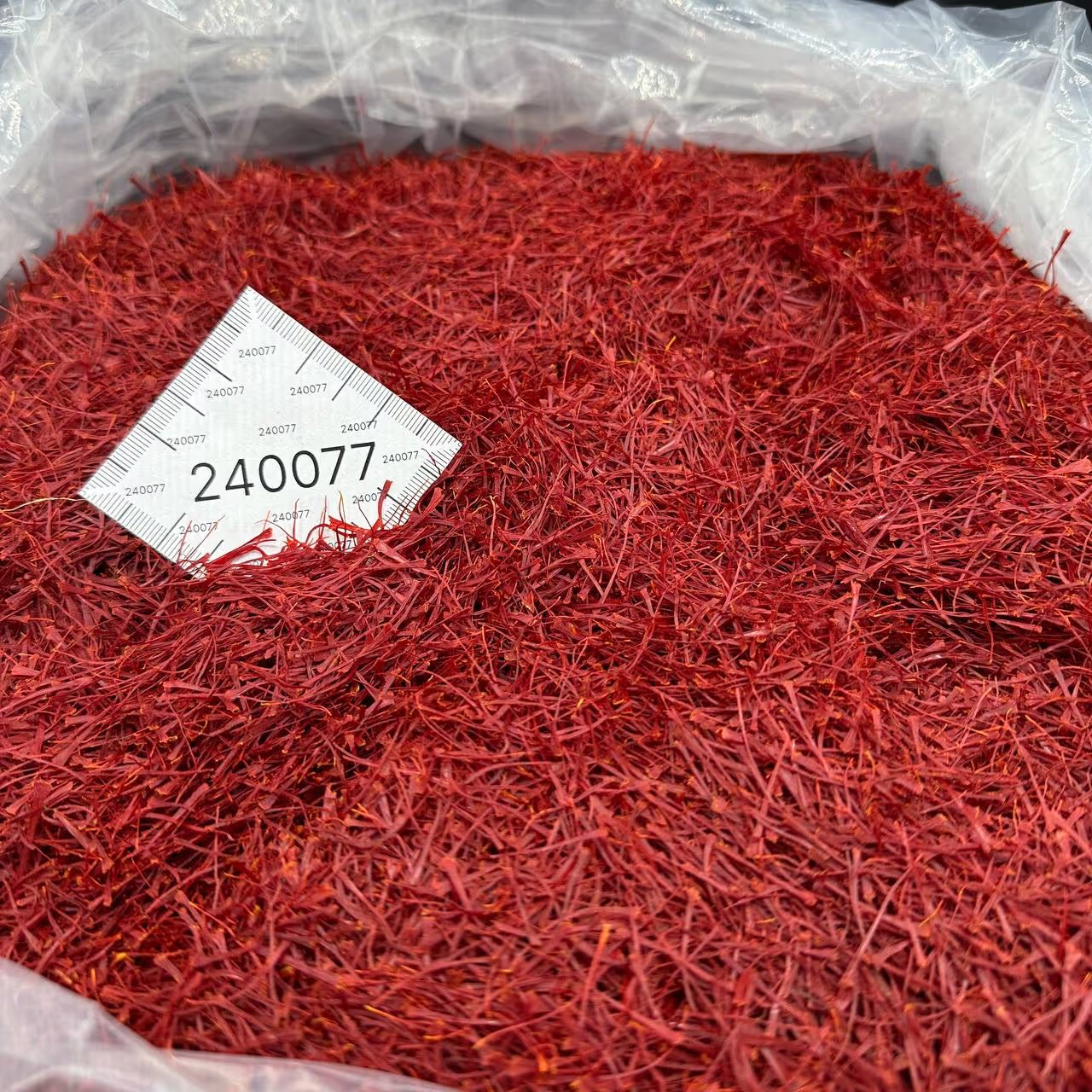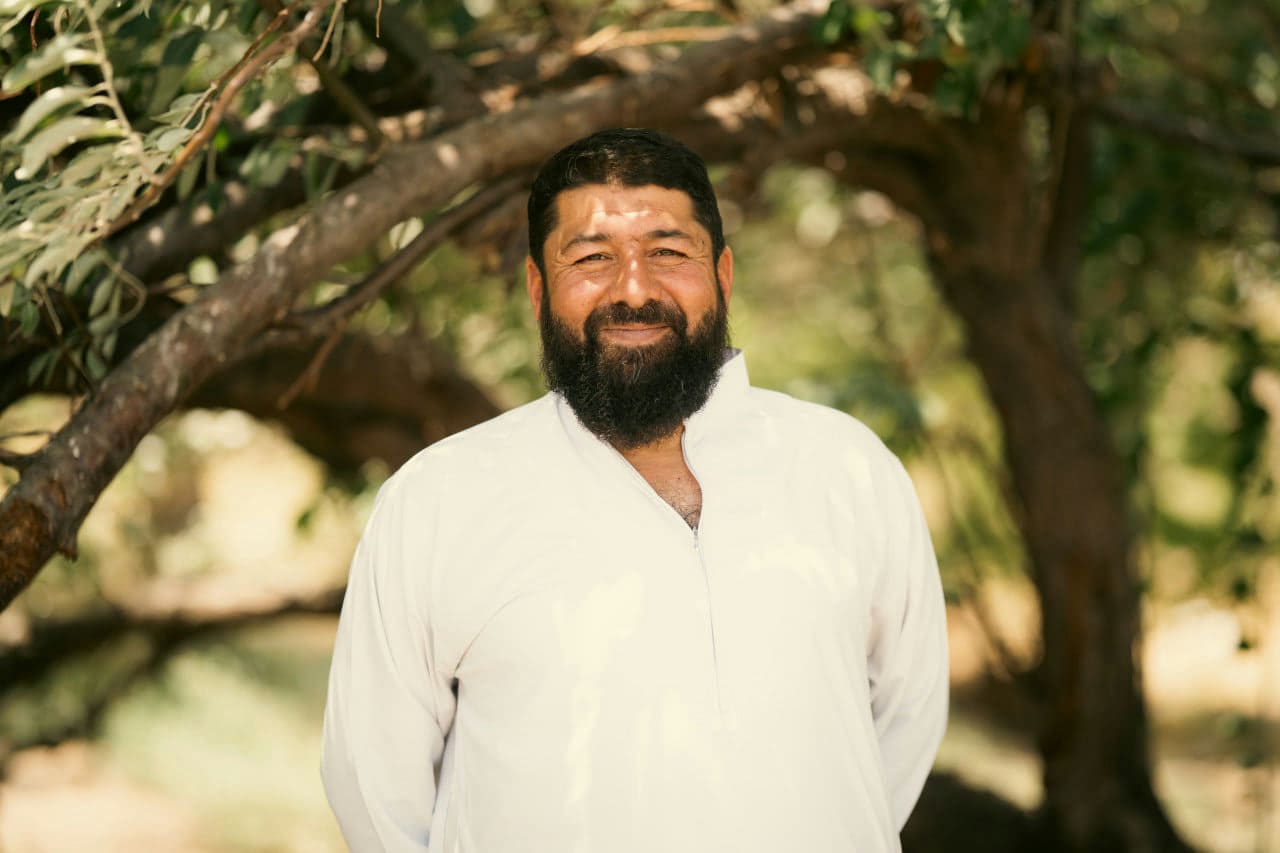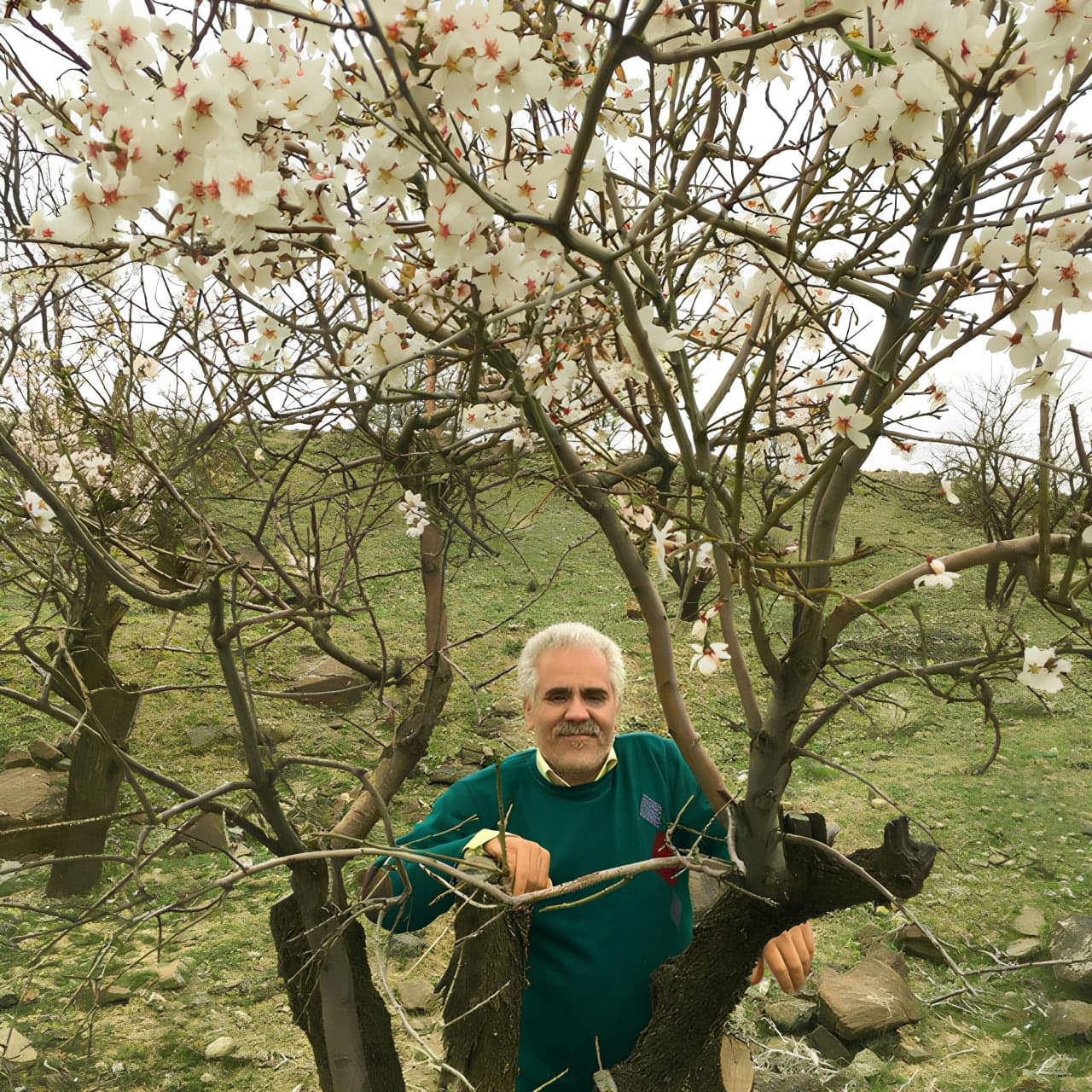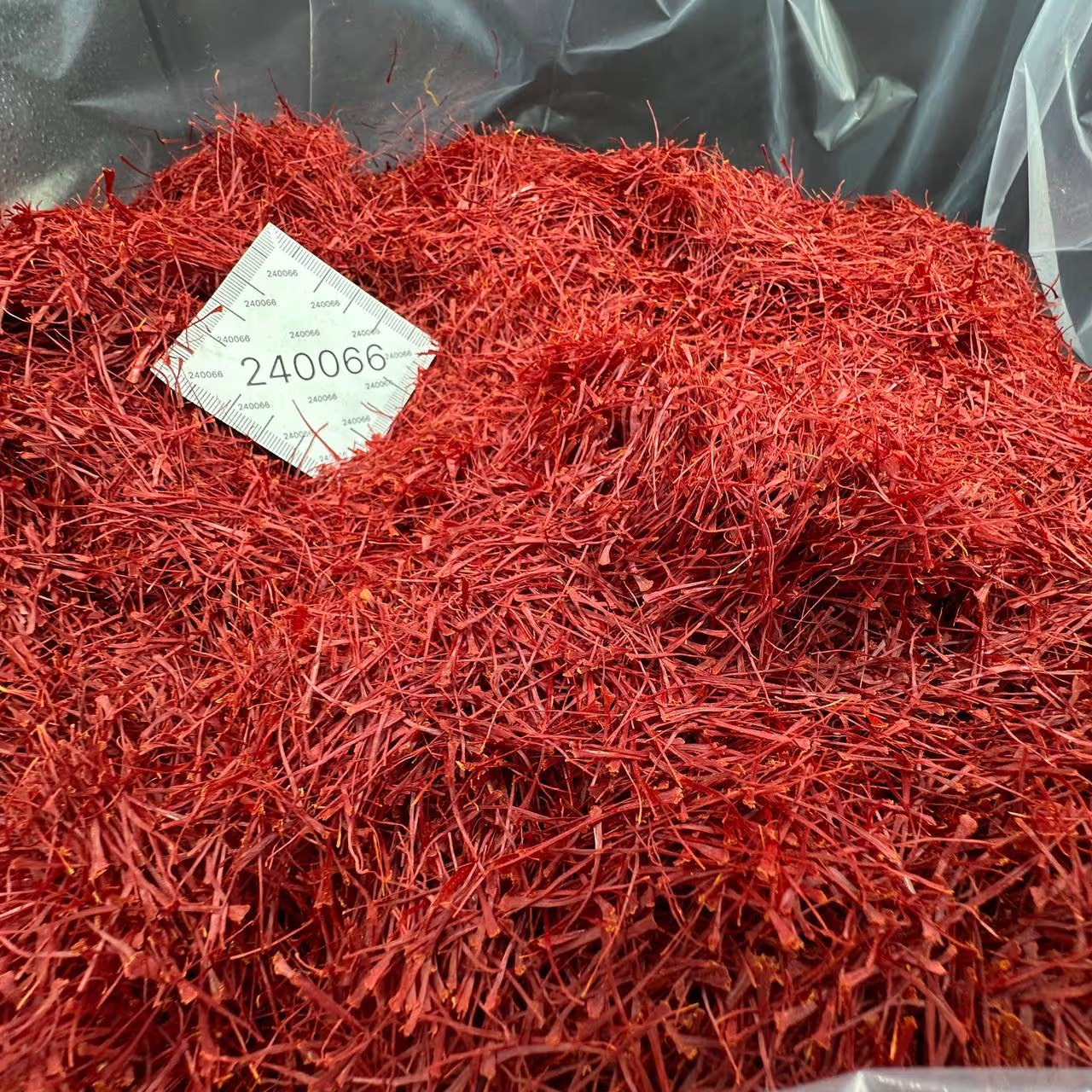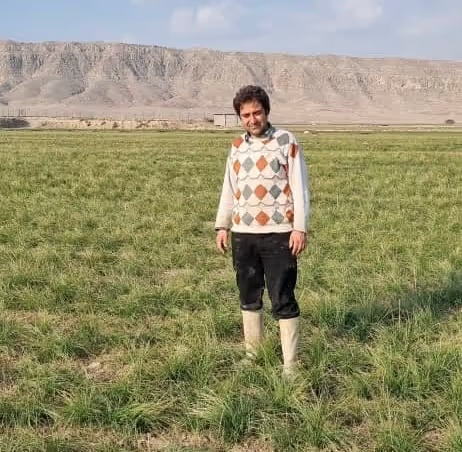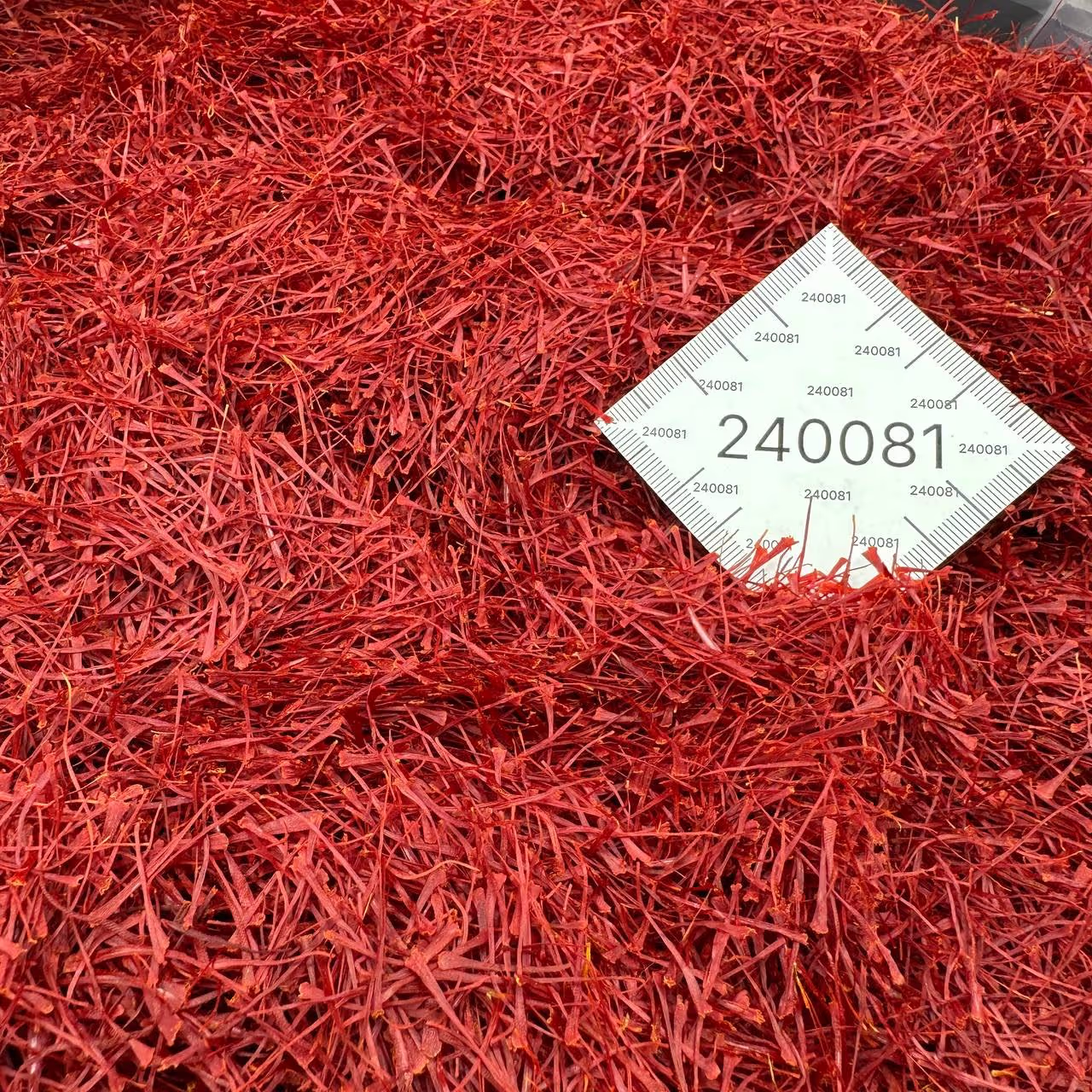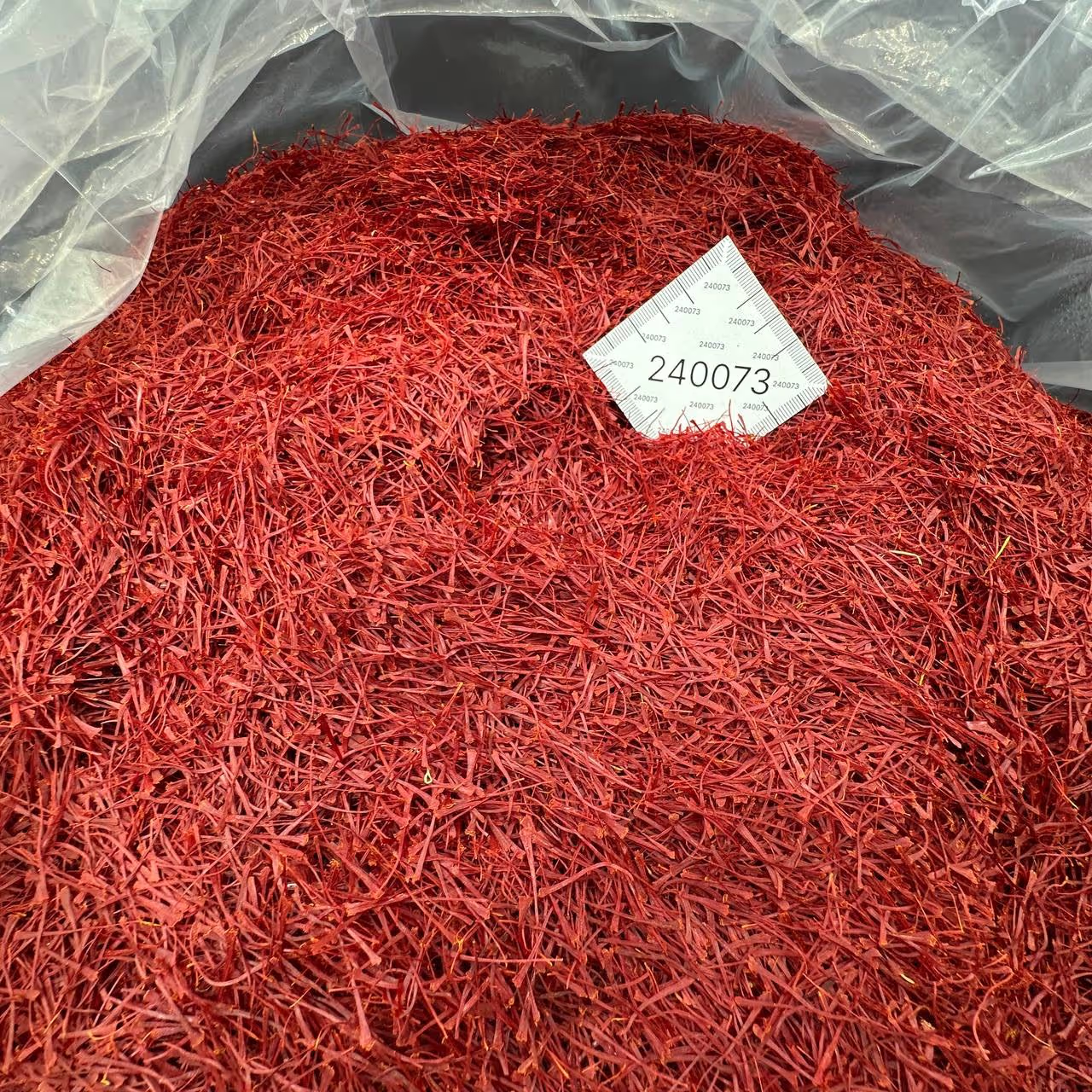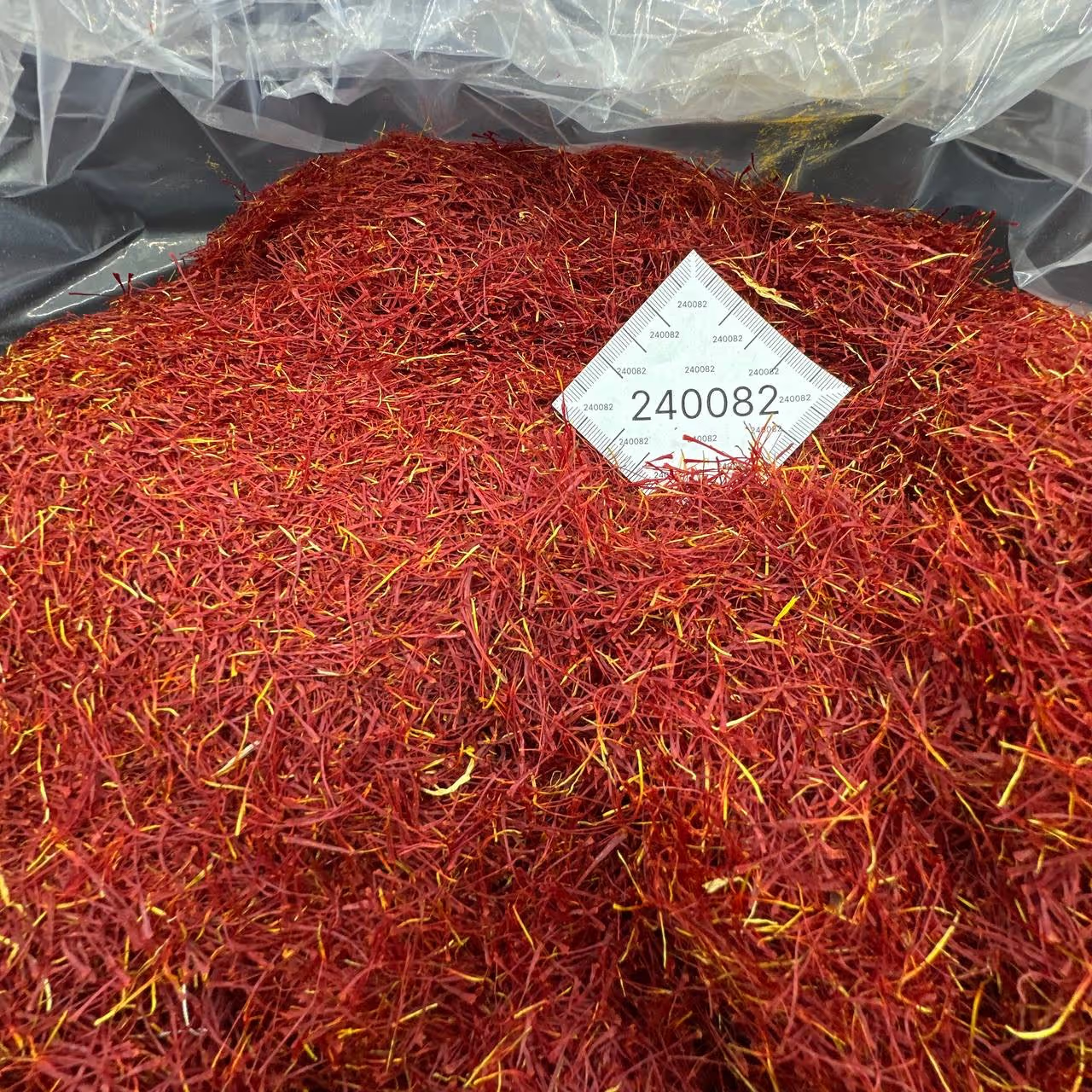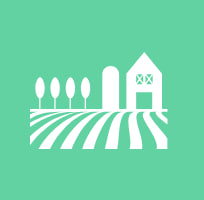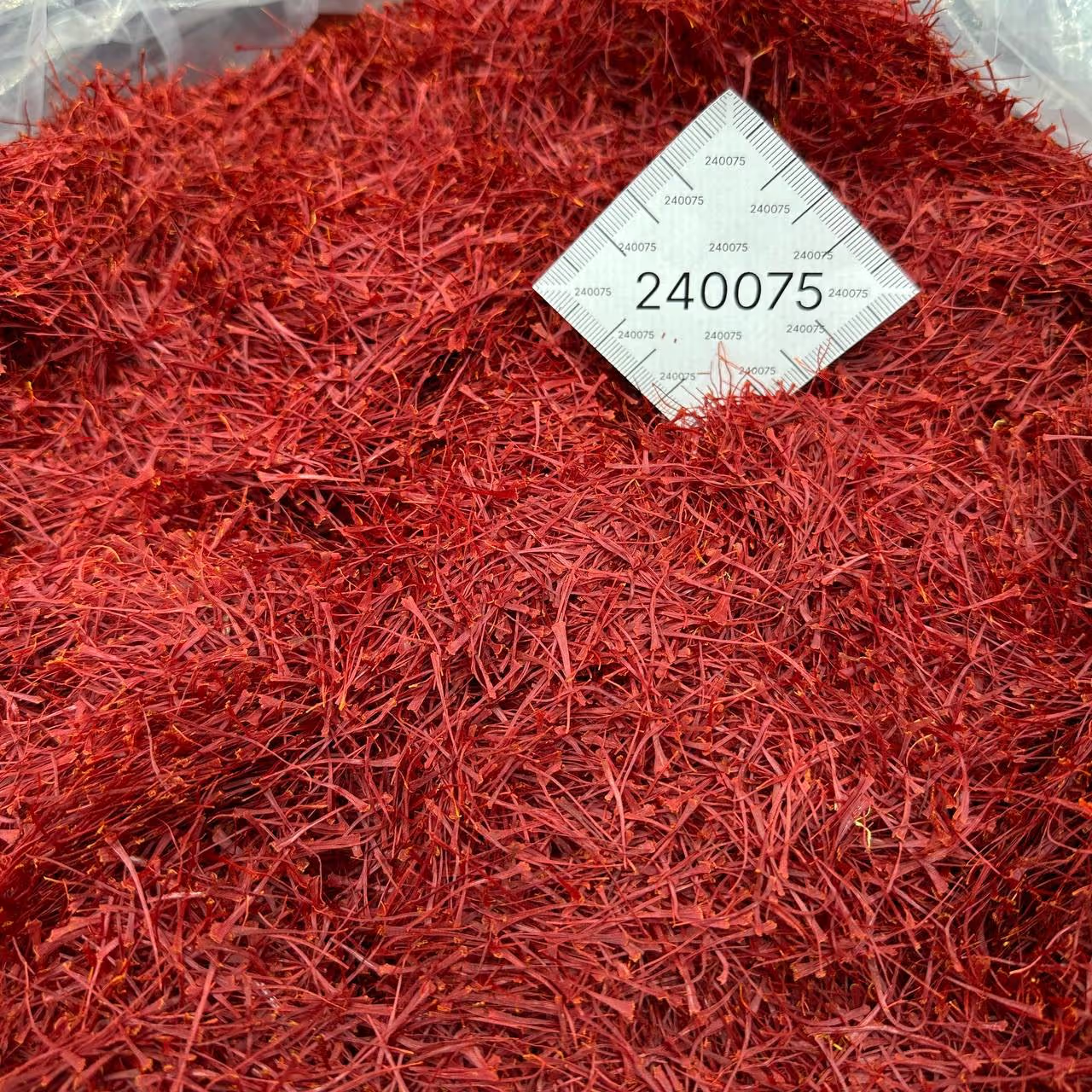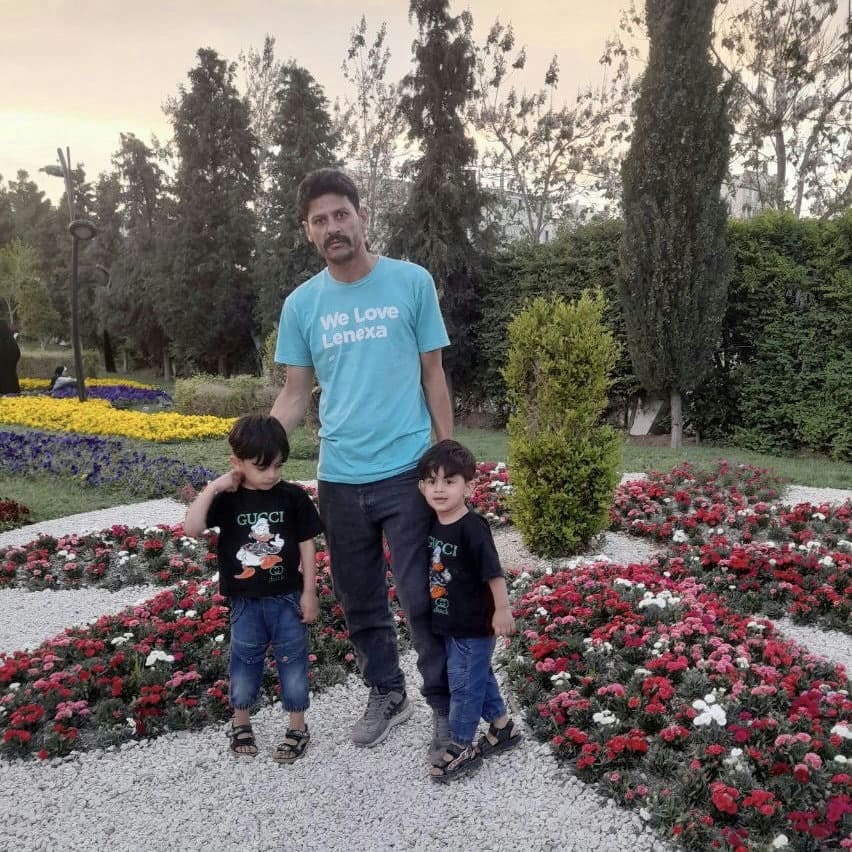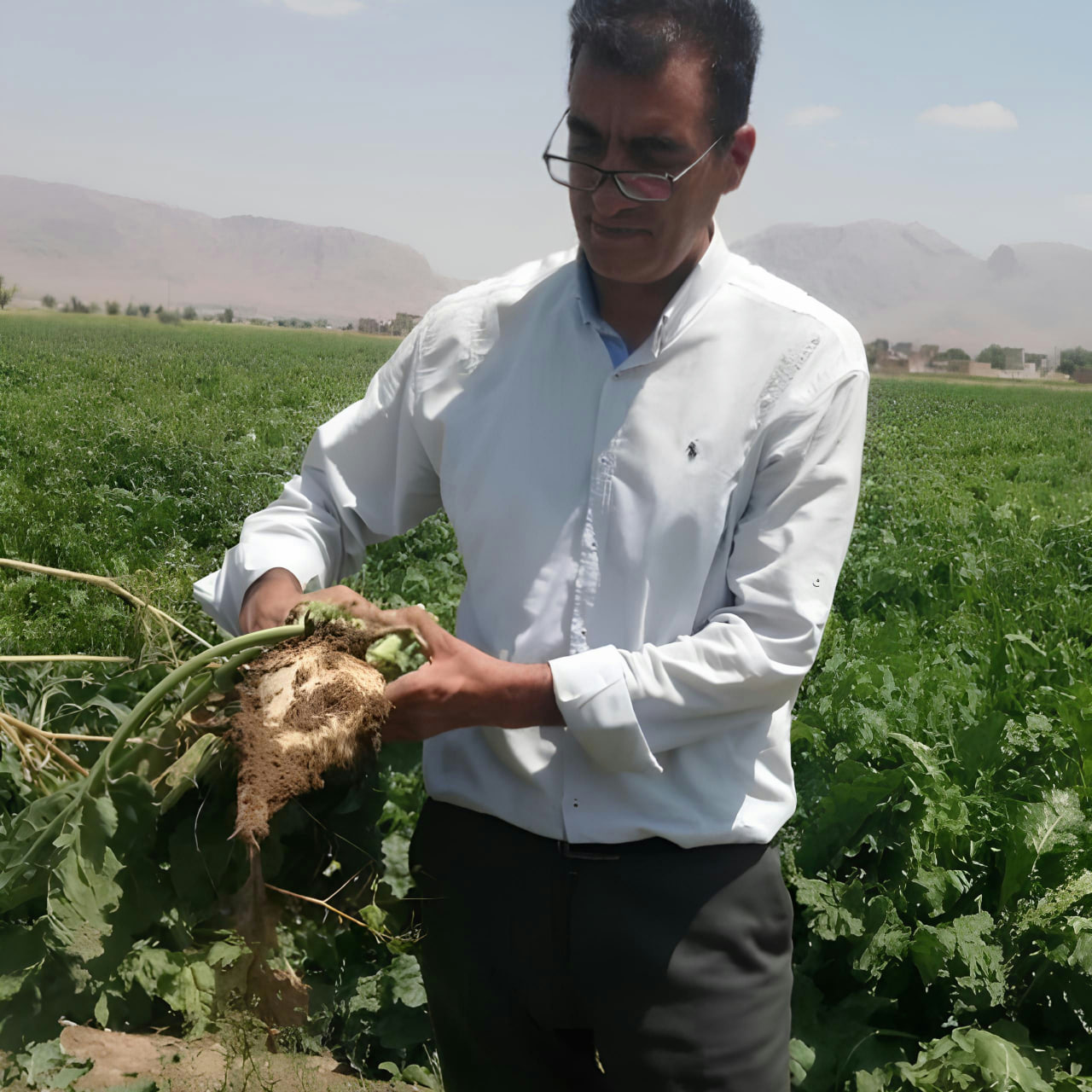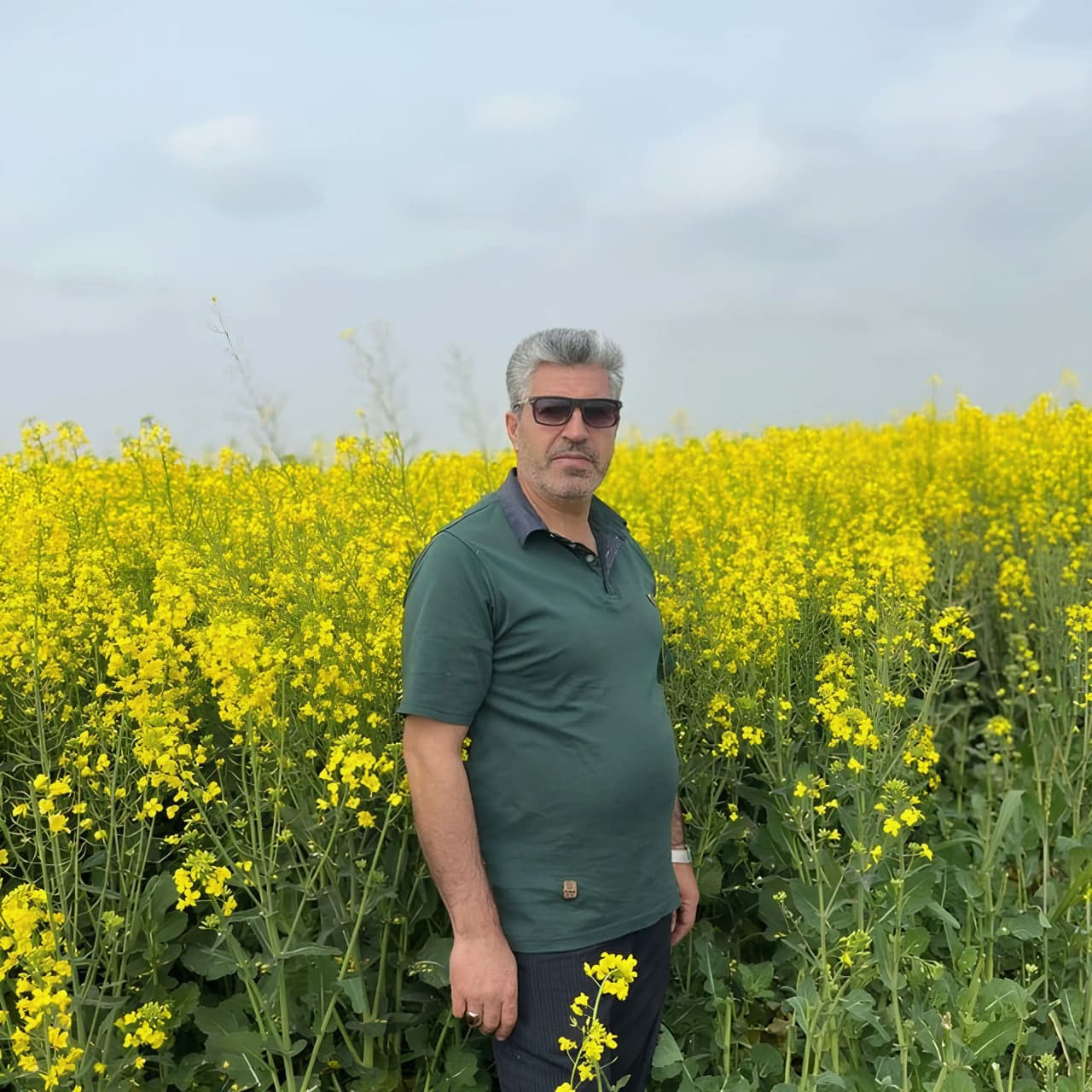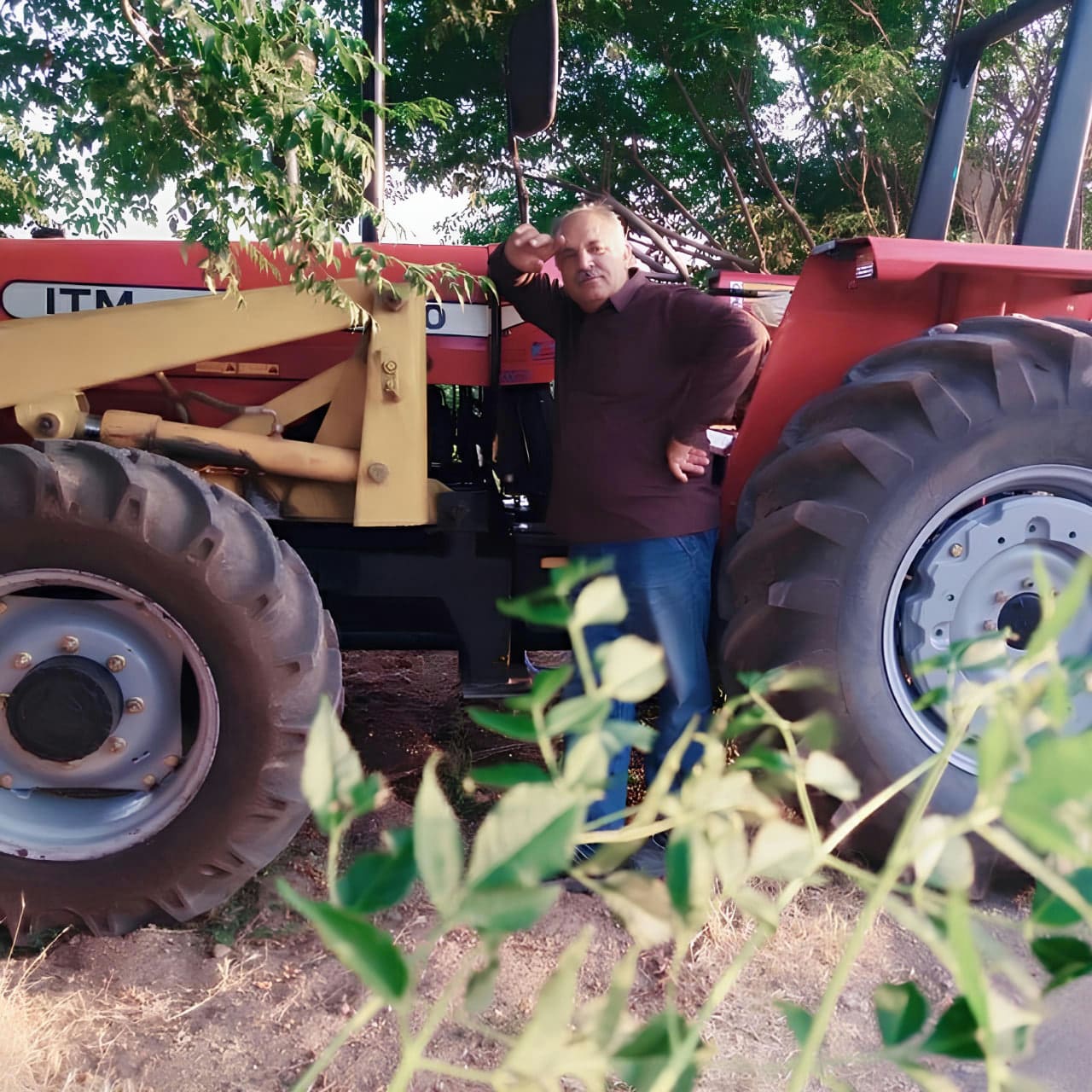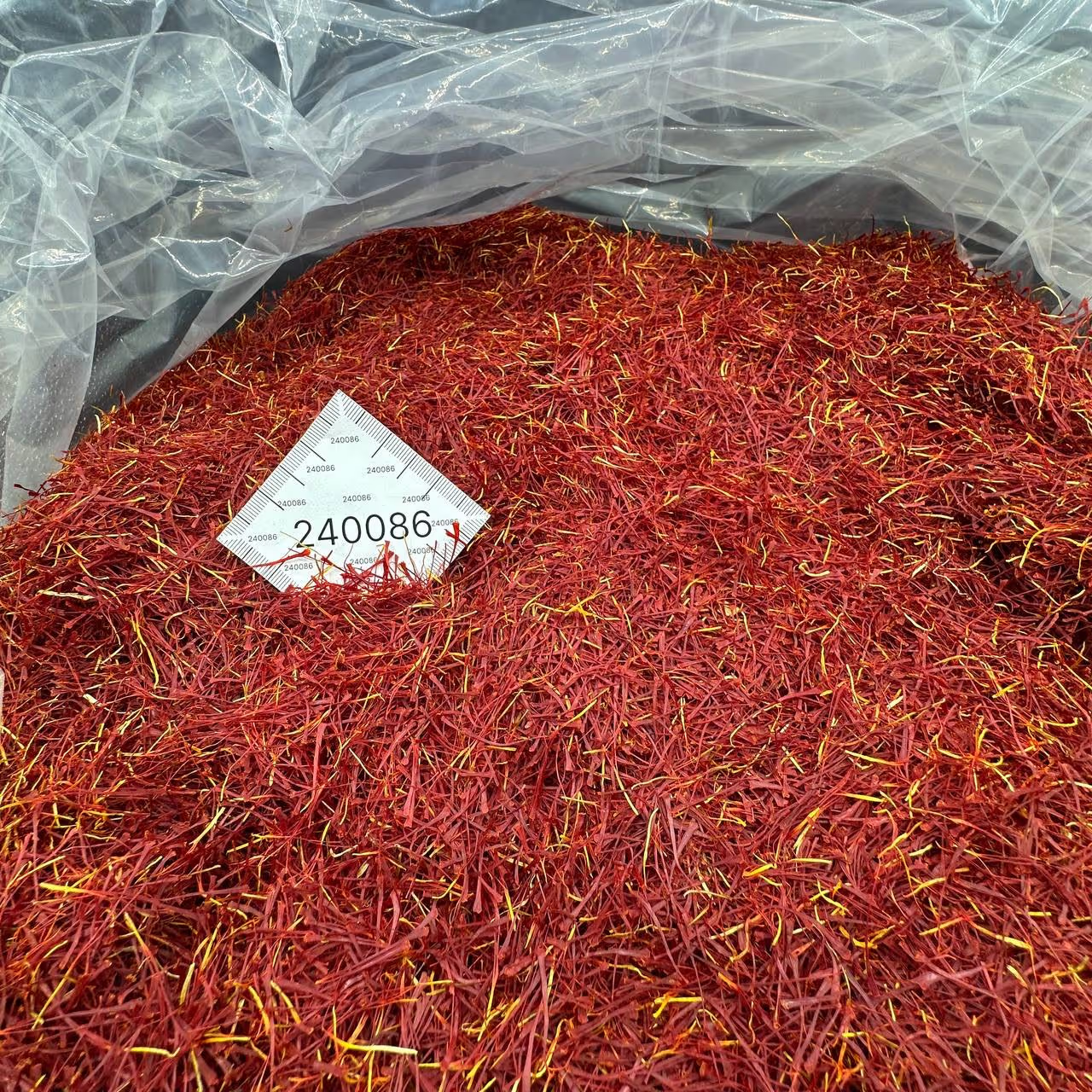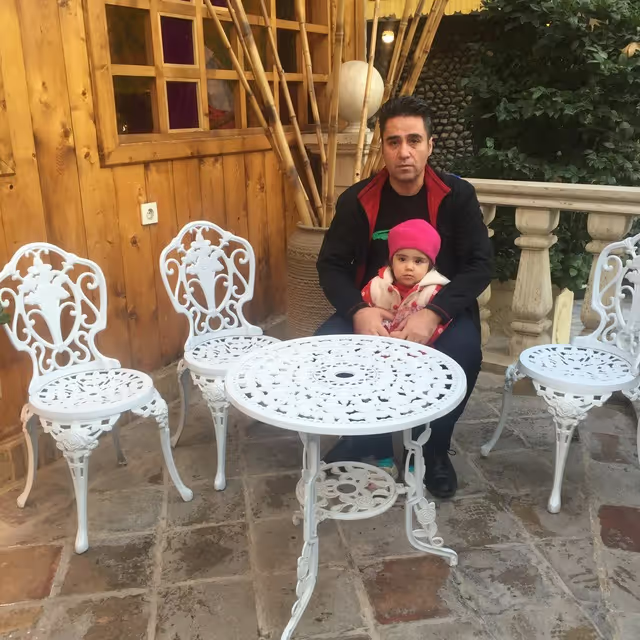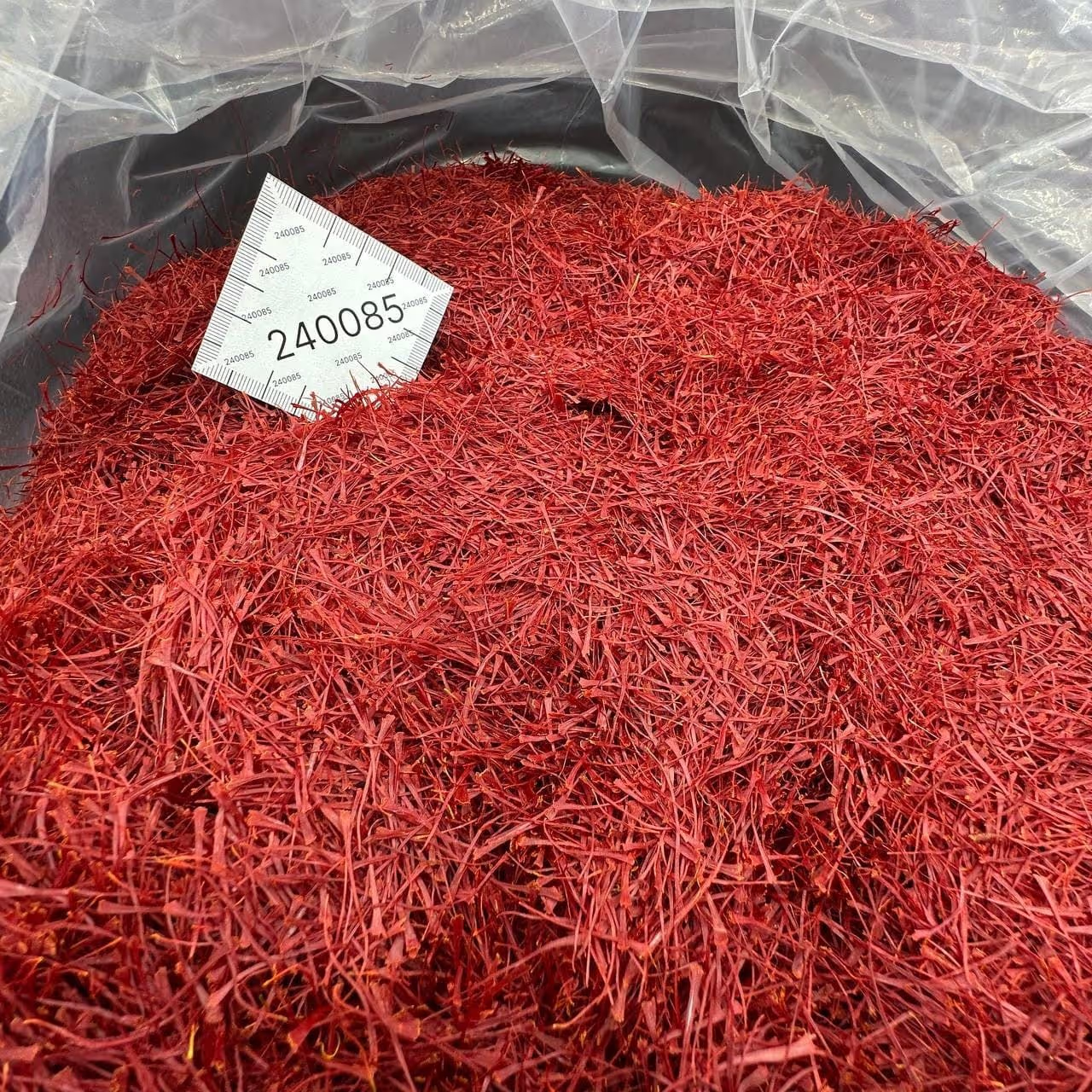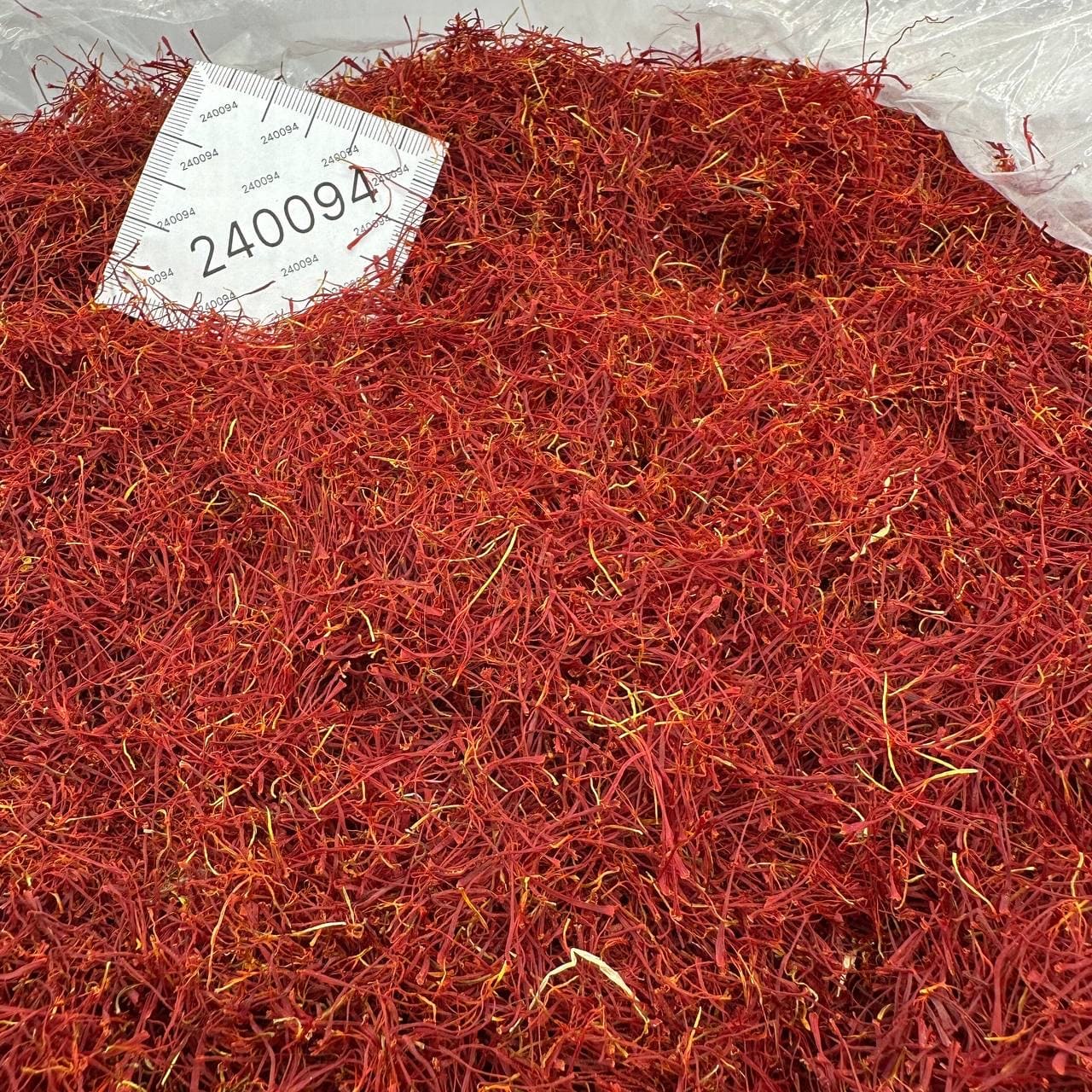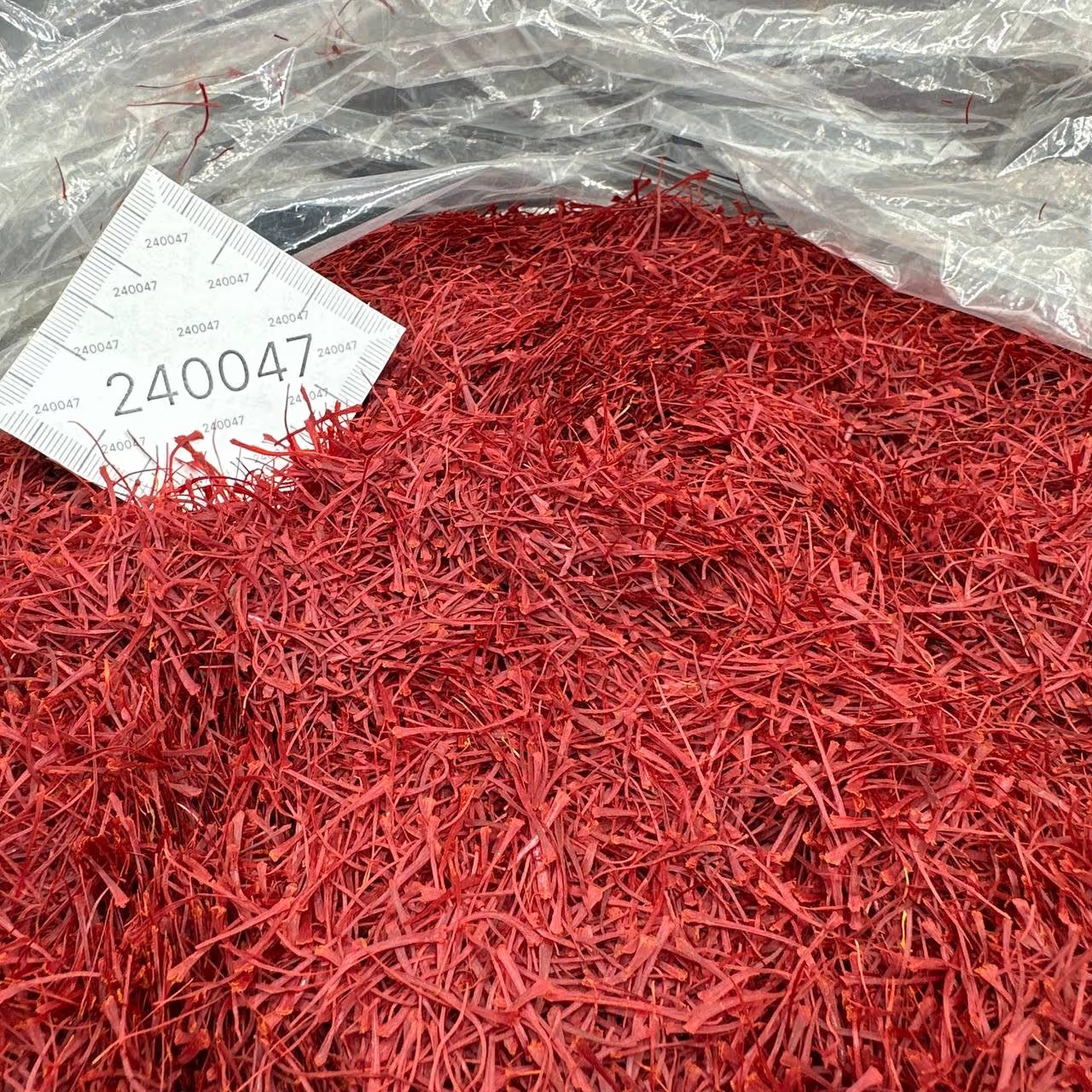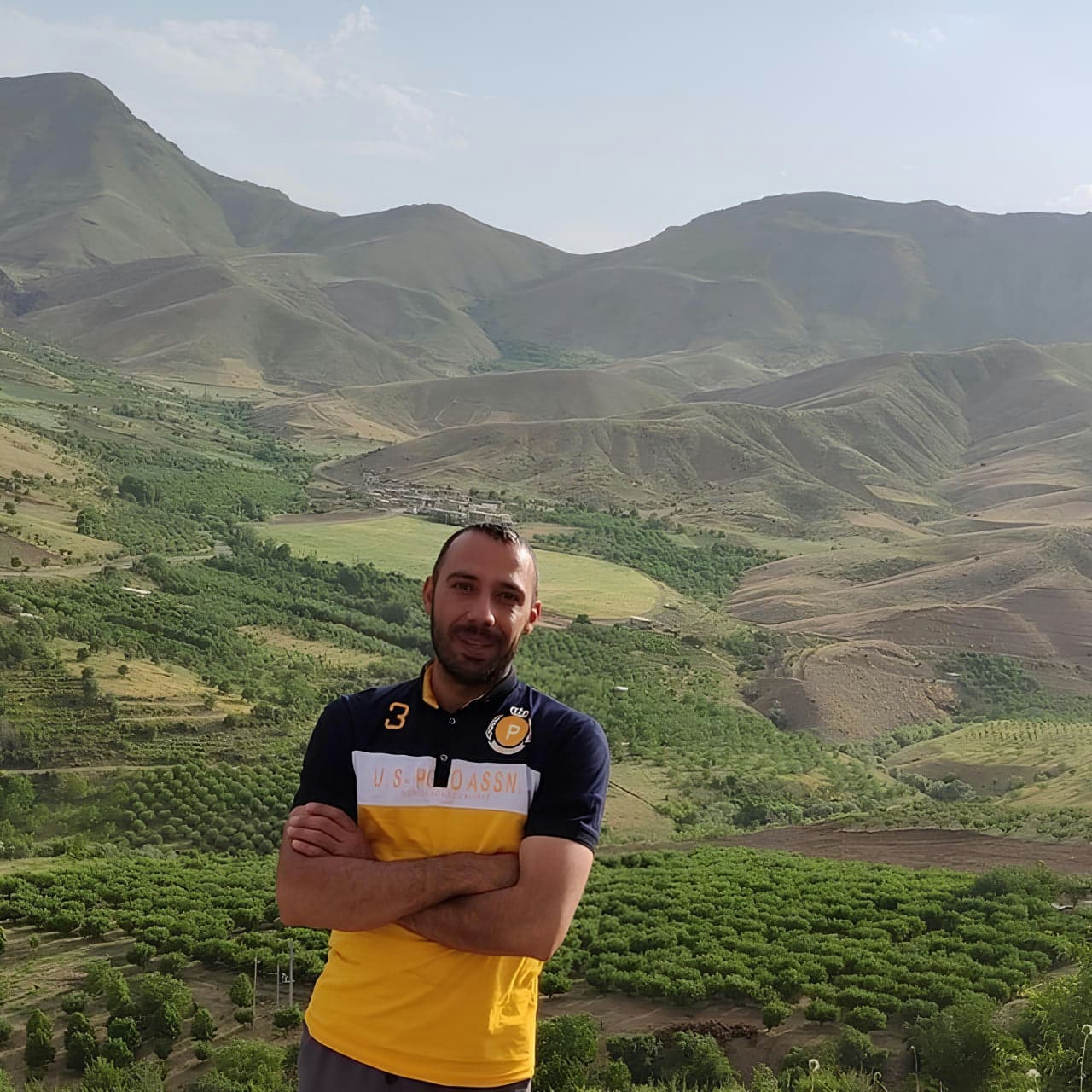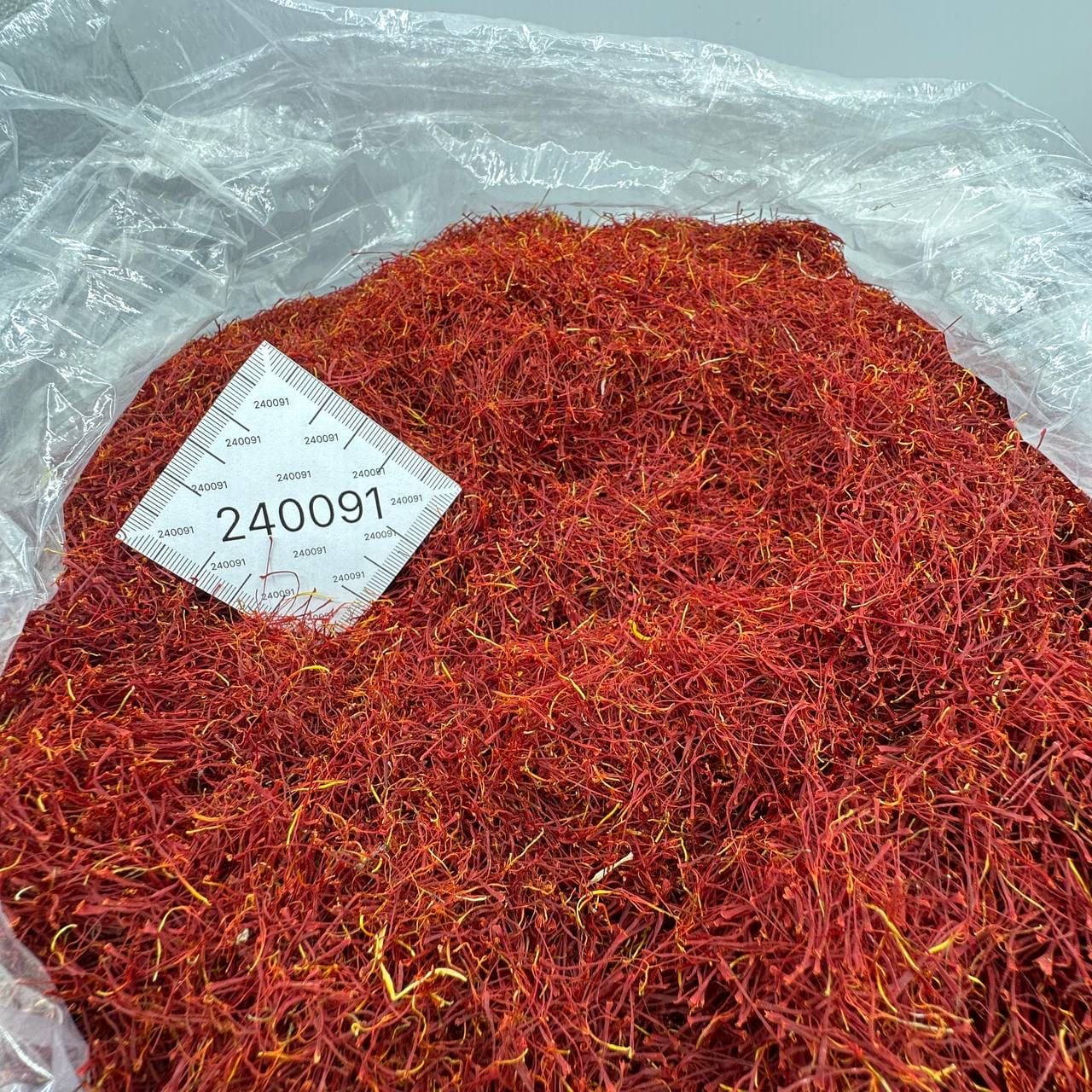Saffron, known in Pakistan as Zafran (زعفران), is more than just a spice; it is a cultural touchstone, a symbol of luxury, and a vital ingredient in the nation's most celebrated culinary traditions. Revered as "red gold," its delicate threads carry an intense aroma, a vibrant color, and a unique flavor that can transform any dish. However, navigating the market to understand the true saffron price per KG in Pakistan can be a complex endeavor, filled with vast price differences and questions about quality and authenticity.
This guide serves as the most comprehensive and transparent resource for understanding the value of genuine saffron in Pakistan. It is designed to empower both home cooks and professional chefs with the knowledge to make informed decisions. As a trusted partner in the agricultural supply chain, Agroota is committed to bringing authentic, high-quality saffron directly from the world's best farms to Pakistani homes and businesses, ensuring clarity, quality, and fair value every step of the way.
Current Saffron (Zafran) Prices in Pakistan: A Detailed Overview
For any consumer or business looking to purchase saffron, the first question is always about price. The Pakistani market shows a significant range in the cost of Zafran, which can be confusing for the uninitiated. This variation is not arbitrary; it reflects a complex interplay of quality, origin, and supply chain factors. Understanding these nuances is the first step toward appreciating the true value of this precious spice.
The price of saffron is most commonly quoted per gram, per tola (a traditional South Asian unit of mass, approximately 10 grams in this context), and per kilogram. Retail prices for consumers purchasing small quantities will naturally be higher per gram than wholesale prices for businesses buying in bulk.
An analysis of various online retailers and specialty stores across Pakistan reveals a wide spectrum of pricing. For consumers, the price per gram can range from as low as ₨599 on large e-commerce platforms to over ₨1,300 from premium or specialized vendors. The price per tola often falls between ₨8,000 and ₨10,000 or more, depending on the seller and the grade of the saffron. When scaled up to a kilogram, retail prices from high-end local suppliers can reach ₨640,000 to ₨660,000. In contrast, international wholesale prices can vary from approximately $839 USD per kilogram for standard grades to over $3,000 USD for premium varieties, before import duties and local taxes are applied.
This significant price disparity highlights a crucial challenge for buyers in Pakistan. The proliferation of saffron listings on large online marketplaces like Daraz.pk, with prices for a single gram varying from ₨483 to ₨1,999, creates a confusing and often untrustworthy purchasing environment. A consumer is left to wonder: is the lower-priced option a genuine bargain, or is it old, low-grade, or even adulterated? Is the more expensive product truly superior, or simply overpriced? This market ambiguity underscores the need for a reliable supplier that offers transparency and guarantees the authenticity of its product. The core problem for the Pakistani buyer is not just finding a price, but finding a trustworthy price for a reliable product.
To provide a clear and immediate reference, the following table summarizes the typical price ranges one can expect to find in the Pakistani market in 2024.
| Unit |
Typical Price Range (PKR) |
Key Factors Influencing Price |
| Per Gram |
₨600 – ₨2,000+ |
Grade (e.g., Super Negin), Origin (Afghan or Iranian), Purity (All-Red Threads), and Seller Reputation. |
| Per Tola (~10g) |
₨8,000 – ₨15,000+ |
Grade, Purity, Packaging Quality, and Brand Recognition. |
| Per Kilogram (KG) |
₨600,000 – ₨900,000+ |
Wholesale price influenced by direct import volume, grade, and international currency fluctuations. |
What Determines the High Price of Saffron in Pakistan?
The designation of saffron as the world's most expensive spice is not a result of marketing but a direct reflection of its unique cultivation, harvesting, and quality grading processes. Several key factors contribute to its high value, and understanding them allows buyers to appreciate why a higher price often correlates with a superior product.
The Impact of Saffron Grade: From Super Negin to Standard Quality
Not all saffron is created equal. The spice is meticulously graded based on the physical characteristics of the threads (stigmas), which directly impact its potency in terms of color (crocin), flavor (picrocrocin), and aroma (safranal). The highest grades, often marketed as "Super Negin" or "Grade A+", consist of long, all-red threads with no yellow or white style attached. This all-red composition signifies the highest concentration of the compounds that give saffron its desirable properties. Lower grades may include the yellow style, which adds weight but offers none of the flavor, color, or aroma, effectively diluting the quality of the product. Premium vendors who specialize in grades like Super Negin, therefore, command a higher price for a product that is significantly more potent and pure.
Country of Origin: Iranian, Afghan, and Kashmiri Saffron
The story of saffron is deeply tied to its geography. The specific climate and soil conditions of a region impart unique characteristics to the final product, and certain origins have become synonymous with quality.
- Iranian Saffron: Iran is the world's largest producer of saffron, accounting for the vast majority of global supply. It is often considered the benchmark for quality, with a reputation for a strong aroma and vibrant color. Much of the premium saffron available globally originates from Iran.
- Afghan Saffron: In recent years, Afghanistan has emerged as a producer of exceptionally high-quality saffron. Saffron from the Herat region, in particular, has gained international acclaim, with some experts considering it superior in quality due to its potent aroma and deep red color. It is often marketed as a premium, artisanal product.
- Kashmiri Saffron: Cultivated in the valleys of Kashmir, this variety is known for its long, dark red threads and distinct aroma. It is handpicked and traditionally processed, making it a rare and highly sought-after product often sold as an organic, premium spice.
The narrative of origin is a powerful driver of price. A consumer is not just purchasing a spice but is investing in a story of tradition, terroir, and quality associated with these renowned saffron-growing regions.
From Flower to You: The Labour of Harvesting
The primary reason for saffron's high cost is the incredibly labor-intensive process of its harvest. Saffron threads are the dried stigmas of the Crocus sativus flower. Each flower produces only three of these delicate stigmas, which must be hand-plucked with extreme care at dawn before the flower opens to the sun. It takes approximately 150,000 flowers to produce just one kilogram of dried saffron. This entire process, from picking the flowers to separating the stigmas, is done manually and cannot be automated. This painstaking labor is the fundamental reason behind saffron's status as "red gold."
Import Duties and Local Taxes in Pakistan
For saffron imported into Pakistan, the final price is also influenced by government tariffs and taxes. Saffron is classified under the Harmonized System (HS) Code 0910.2000. According to the Pakistan Customs Tariff, goods under this code are subject to a customs duty of 3%. In addition to this, a standard sales tax, which was increased to 18% in early 2023, is applied to imports and local supplies. These costs are factored into the final retail and wholesale price of legally imported saffron, contributing to its overall cost in the local market.
A Buyer's Guide to Saffron: Types, Quality, and Identification
To ensure you are purchasing authentic, high-quality saffron, it is essential to know what to look for. Empowering yourself with this knowledge can protect you from counterfeit or low-grade products and guarantee you receive the value you pay for.
How to Identify Pure, High-Quality Saffron Threads
Distinguishing pure saffron from fakes or adulterated versions is possible through a few simple tests that engage the senses.
- Visual Test: The highest quality saffron consists of "Finest Premium All Red Saffron Threads". Look for trumpet-shaped threads that are a deep, uniform red. The presence of yellow or white strands (the style of the flower) indicates a lower grade, as these parts add weight but have no culinary value. The threads should be dry and brittle to the touch, not soft or moist.
- Aroma Test: Pure saffron has a strong and distinctive aroma that is often described as floral, honey-like, and slightly earthy. It should smell sweet but never taste sweet. If the saffron tastes sweet on the tongue, it may have been treated with sugar or honey to add weight.
- Water Test: This is one of the most reliable tests. Place a few threads of saffron in a small bowl of cold or lukewarm water. Real saffron will slowly and gradually release a golden-yellow color into the water over 10 to 15 minutes. The threads themselves will remain red. Fake saffron, often dyed with artificial coloring, will bleed a reddish or orange color almost instantly, and the threads may lose their color or even dissolve.
Understanding Saffron Grades: Super Negin, Negin, and Sargol
Within the saffron industry, specific terms are used to classify the quality of the threads. Understanding this terminology can help you decipher product descriptions and make a more informed choice.
- Super Negin: This is the highest and most prized grade of saffron. It is characterized by long, thick, uniformly deep-red threads with no yellow style attached. It is visually stunning and has the highest concentration of active compounds, making it the most potent in flavor, aroma, and color.
- Negin: This grade is also very high quality, consisting of all-red stigmas. The threads are slightly shorter and less thick than Super Negin but are still completely free of the yellow style.
- Sargol: The term "Sargol" literally translates to "top of the flower." This grade consists only of the red tips of the saffron stigma, with no style attached. The threads are shorter and can be more broken than Negin grades, but it is still a pure, high-quality product.
The Dangers of Adulterated Saffron
Due to its high value, saffron is unfortunately a target for adulteration. Common adulterants include safflower (Carthamus tinctorius), turmeric-dyed corn silk, beet threads, or even colored paper shreds. These materials can mimic the appearance of saffron but lack its characteristic aroma, flavor, and health benefits. Purchasing from a reputable, trusted source is the most effective way to protect yourself from such fraudulent products.
Why Choose Agroota for Your Saffron Needs?
In a market characterized by price volatility and quality uncertainty, Agroota stands as a beacon of trust, quality, and value. We have built our model to directly address the challenges faced by Pakistani consumers and businesses, offering a superior saffron experience from sourcing to delivery.
Our Commitment to Authenticity and Sourced Quality
Unlike the anonymous listings on large marketplaces, Agroota guarantees the origin, grade, and authenticity of every gram of saffron we sell. Our commitment begins with meticulous sourcing from the world's most reputable saffron-growing regions. We implement a rigorous quality control process to ensure that our product meets the highest standards of purity and potency. This may include third-party laboratory testing for authenticity, a practice employed by top-tier international suppliers to verify the concentration of crocin, picrocrocin, and safranal. This unwavering dedication to quality ensures that when you buy from Agroota, you are buying genuine, premium saffron. For more details on our standards, please see
[Our Quality Promise].
Direct Sourcing for Fair and Competitive Pricing
The conventional saffron supply chain often involves multiple intermediaries, including exporters, importers, distributors, and wholesalers, with each adding a markup to the final price. Agroota's direct-sourcing model bypasses these unnecessary layers. By establishing direct relationships with saffron producers, we streamline the supply chain, reduce costs, and pass those savings on to you. This allows us to offer a product of superior quality at a fair and competitive price, providing exceptional value compared to alternatives that may be cheaper but are of significantly lower grade or questionable purity. Explore our selection of premium saffron on our ****.
Seamless Online Ordering and Delivery Across Pakistan
We believe that purchasing premium saffron should be a simple and reliable experience. Our e-commerce platform is designed for ease of use, allowing you to place your order with confidence. We have benchmarked our logistics against Pakistan's leading online retailers to provide a dependable delivery service. We offer timely delivery across the country, with an estimated timeline of 2 to 4 working days for major cities like Karachi, Lahore, and Islamabad, and 3 to 5 working days for other locations. You will receive tracking information and clear communication from the moment you place your order until it arrives at your doorstep. For complete details, please visit our **** page.
Saffron in Pakistani Cuisine: More Than Just a Spice
In Pakistan, Zafran is not merely an ingredient; it is an essential component of celebration, tradition, and culinary artistry. Its presence in a dish elevates it from the everyday to the extraordinary, signaling a special occasion and a commitment to the finest flavors.
The Royal Touch in Sindhi Biryani and Zarda Pulao
Two of the most iconic rice dishes in Pakistani cuisine owe their regal character to saffron.
- Sindhi Biryani: An authentic Sindhi Biryani is a complex and layered dish, and saffron plays a crucial role in its final presentation and flavor profile. Many traditional recipes call for a portion of the basmati rice to be scented with saffron threads that have been soaked in a little warm milk or water. This saffron-infused rice is then layered with the richly spiced meat curry, creating a beautiful mosaic of colors and a subtle, aromatic depth that permeates the entire dish.
- Zarda Pulao: This sweet and festive rice dish is defined by its brilliant golden-yellow hue, a color traditionally and most authentically achieved through the use of saffron. To prepare Zarda, saffron strands are soaked in warm milk or water to fully extract their color and aroma before being combined with the par-cooked rice and sugar syrup. The result is a visually stunning dessert with a delicate, luxurious fragrance that is a centerpiece at weddings and celebrations.
Elevating Desserts: Zafran in Sheer Khurma and Mithai
Saffron's role in sweets and desserts is equally significant, where it imparts a unique flavor, a captivating aroma, and a touch of opulence.
- Sheer Khurma: This traditional vermicelli pudding, prepared especially for Eid-ul-Fitr, is a rich and creamy delight. While recipes vary, the addition of saffron is a common practice to enhance its festive character. A few strands of saffron, often soaked in milk, are added during the cooking process, lending the dessert a beautiful color and a subtle, sophisticated aroma that complements the dates, nuts, and milk.
- Mithai (Sweets): Across the wide array of Pakistani mithai, saffron is used to signify luxury and quality. From Kheer to Rasmalai, its inclusion provides a distinct flavor, a rich golden color, and an enticing fragrance. In Pakistani culture, a sweet dish containing Zafran is instantly recognized as a premium offering, fit for the most special of occasions.
For Our Business Partners: Agroota's B2B Saffron Solutions
Agroota understands that for our B2B clients—including restaurants, caterers, hotels, and food manufacturers—saffron is a critical ingredient where quality, consistency, and supply chain reliability are paramount. We offer a specialized B2B program designed to meet the rigorous demands of the professional culinary industry in Pakistan.
Wholesale Saffron Pricing and Bulk Orders
We provide competitive wholesale pricing for bulk orders of our premium-grade saffron. Our direct-sourcing model ensures that our business partners receive the best possible value without compromising on quality. We have the capacity and expertise to serve businesses of all sizes, from boutique restaurants to large-scale food production facilities. We invite you to contact our commercial sales team to discuss your specific requirements and receive a customized quote through our ****.
Navigating Import and Logistics with Agroota: A Partner You Can Trust
For a business, supply chain disruptions can be catastrophic. A shipment delayed at customs due to improper documentation can halt production and lead to significant financial loss. The regulatory landscape for importing food products into Pakistan is complex, involving specific requirements from the Ministry of Commerce and the Department of Plant Protection (DPP).
Agroota's expertise in this area is a core component of our B2B value proposition. We handle all aspects of import and customs clearance with professional diligence. All our saffron shipments are imported in full compliance with Pakistani regulations, cleared under HS Code 0910.2000, and are always accompanied by a valid, DPP-compliant Phytosanitary Certificate. This expertise provides our B2B clients with complete peace of mind, guaranteeing a smooth, reliable, and uninterrupted supply of this essential ingredient. This is not just a service; it is a promise of reliability that protects your business operations.
Reliable Supply Chain and Certified Food-Grade Warehousing
The delicate nature of saffron means that its quality can degrade if not stored properly. To maintain the freshness, aroma, and potency of our product, Agroota ensures that our entire stock is stored in professionally managed, food-grade, temperature-controlled warehouses. These facilities are designed to protect the saffron from humidity, light, and temperature fluctuations, preserving its optimal condition from the moment it arrives in Pakistan until it is delivered to your kitchen. This commitment to professional storage standards guarantees that you receive a product of consistent, premium quality with every order.
Streamlined B2B Payments and Communication
We facilitate smooth and efficient business operations for our partners. Agroota offers flexible B2B payment options, including traditional bank transfers and modern digital payment solutions designed for secure and convenient transactions. To ensure clear and timely communication, we utilize the
WhatsApp Business API, a preferred and highly effective channel in the Pakistani market. This allows for instant order confirmations, shipping updates, and responsive customer support, keeping you informed at every stage of the procurement process.
Frequently Asked Questions (FAQ) about Saffron in Pakistan
Q1: What is the current 1 KG saffron price in Pakistan?The retail price for 1 KG of high-quality saffron in Pakistan typically ranges from ₨600,000 to over ₨900,000. Wholesale prices for businesses are significantly different and depend on the grade, origin, and volume of the purchase.
Q2: What is the price of 1 tola of original Zafran?The price for 1 tola (approximately 10 grams) of original, high-quality Zafran generally falls between ₨8,000 and ₨15,000. The price varies based on the saffron's grade (e.g., Super Negin) and the vendor's quality standards.
Q3: Which country's saffron is best in Pakistan?The "best" saffron often comes down to personal preference and intended use. Iranian saffron is the global benchmark for quality and is widely available. Afghan saffron, particularly from the Herat region, is increasingly renowned for its superior potency and aroma. Kashmiri saffron is a rare and prized variety known for its unique characteristics. All three are considered premium choices.
Q4: How can I check if saffron is real?You can check for real saffron by performing a few simple tests. Visually, it should consist of all-red, trumpet-shaped threads. Aromatically, it should have a strong, sweet, floral scent but should not taste sweet. The most reliable method is the water test: real saffron threads will slowly release a golden color into cold water while the threads themselves remain red.
Q5: Why is Agroota a reliable place to buy saffron online in Pakistan?Agroota is a reliable source because we guarantee authenticity, quality, and transparency. We source our saffron directly from top producers to ensure a premium product, implement rigorous quality control, and offer fair, competitive pricing by eliminating intermediaries. We provide a seamless online ordering experience with reliable delivery across Pakistan.
Q6: Do you offer wholesale saffron for businesses?Yes, Agroota offers a comprehensive B2B program for businesses, including restaurants, caterers, and food manufacturers. We provide competitive wholesale pricing on bulk orders and manage the entire import and logistics process, ensuring a reliable and compliant supply chain. Please visit our B2B inquiries page for more information.


















